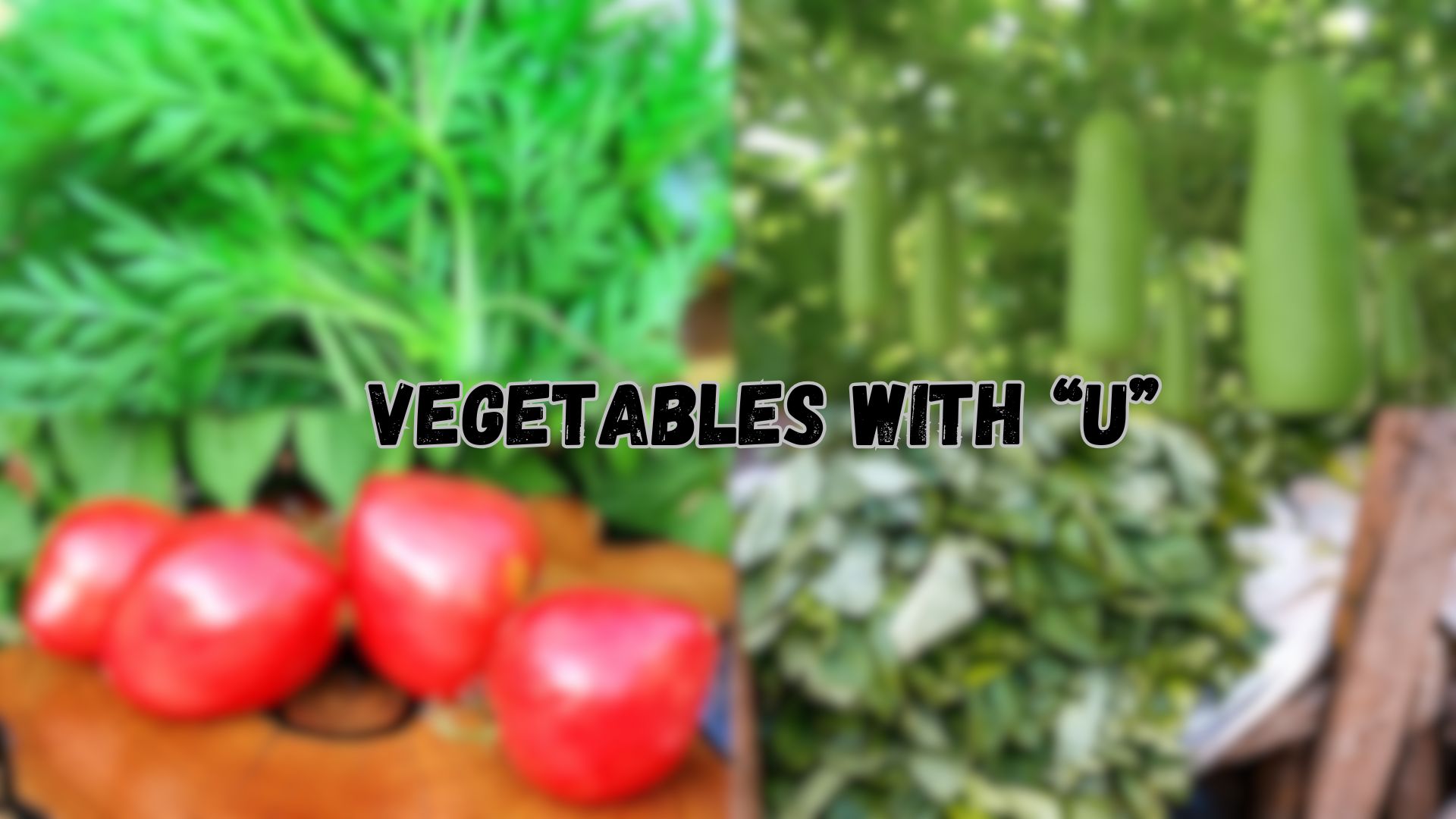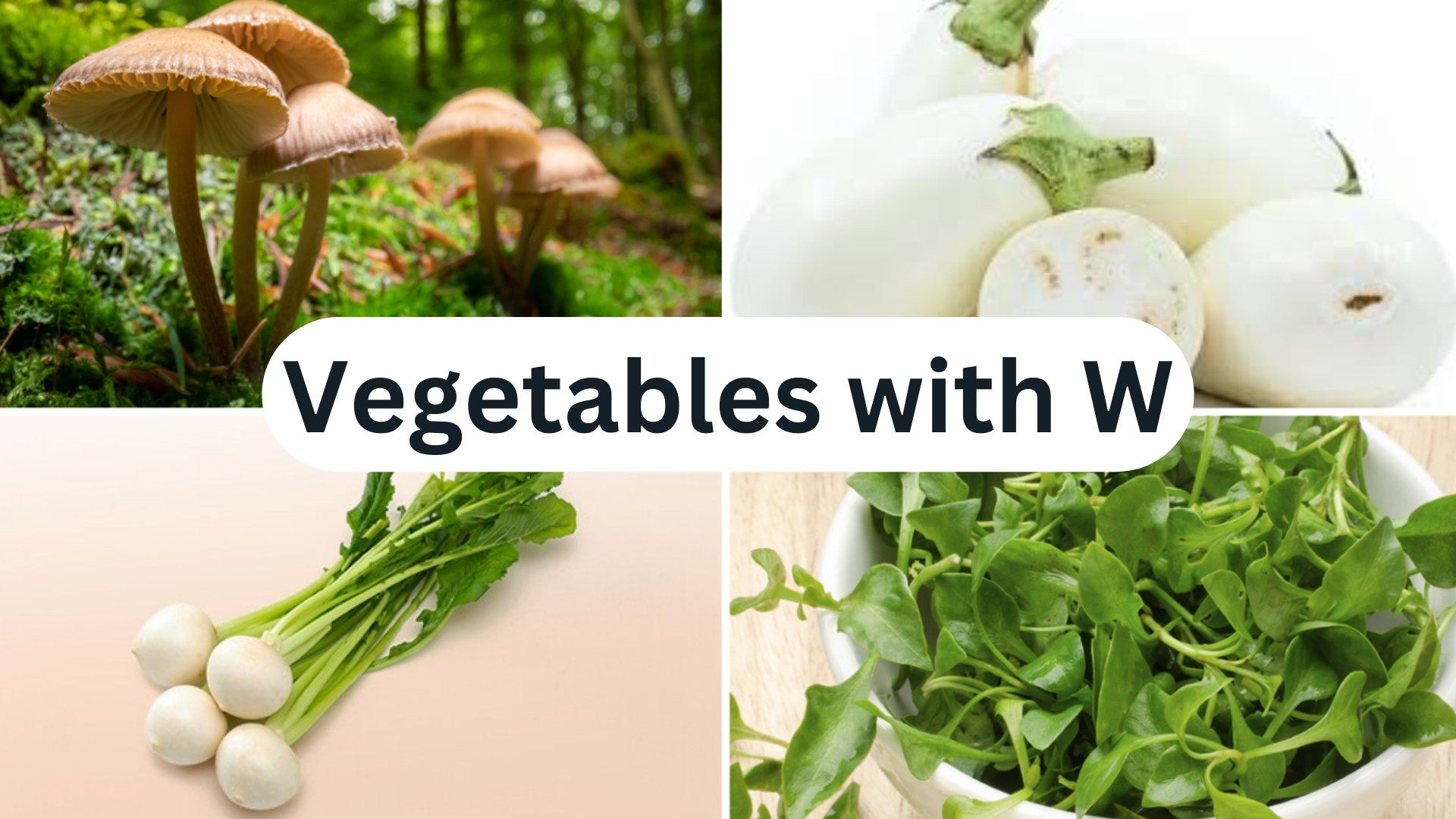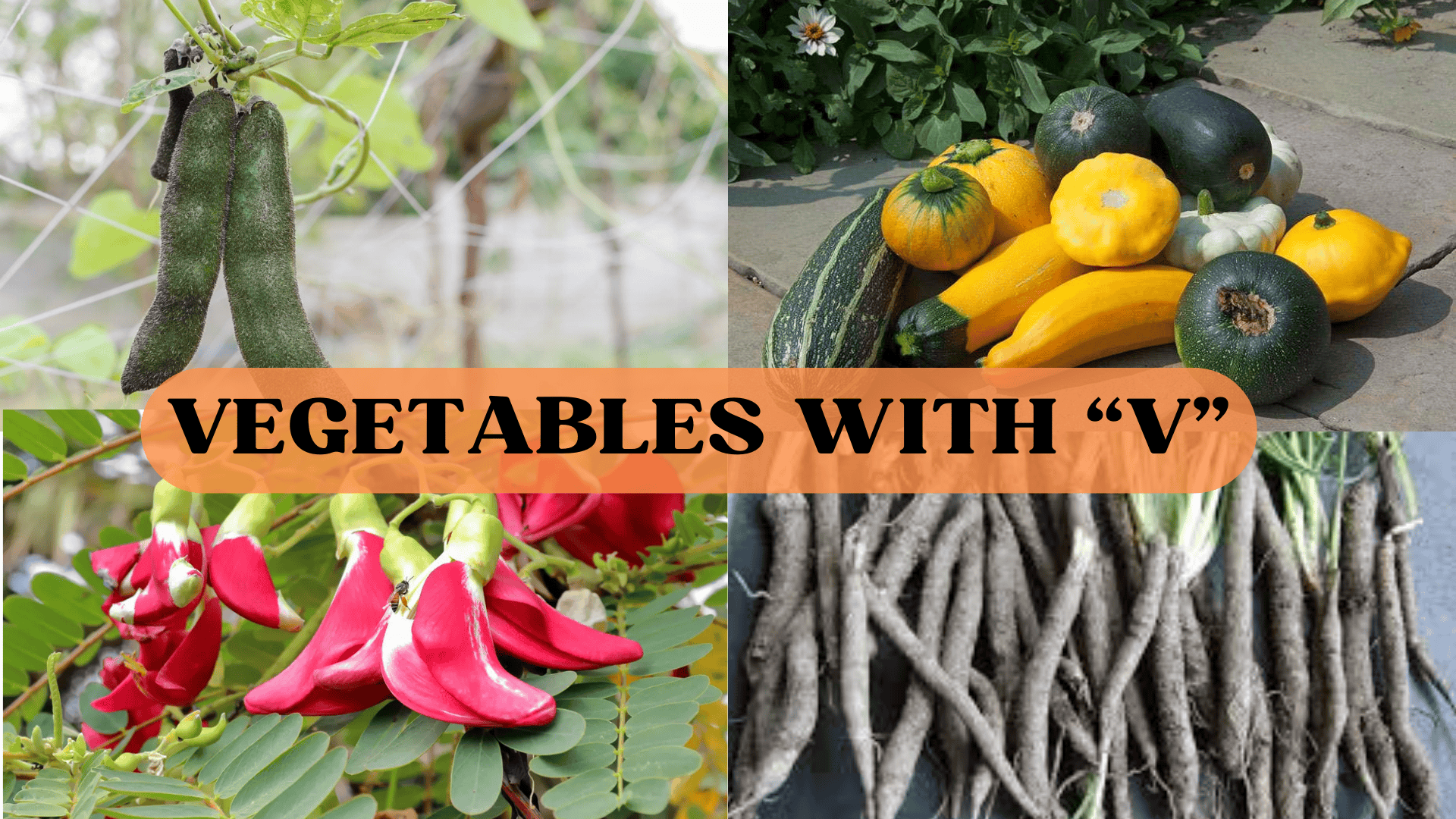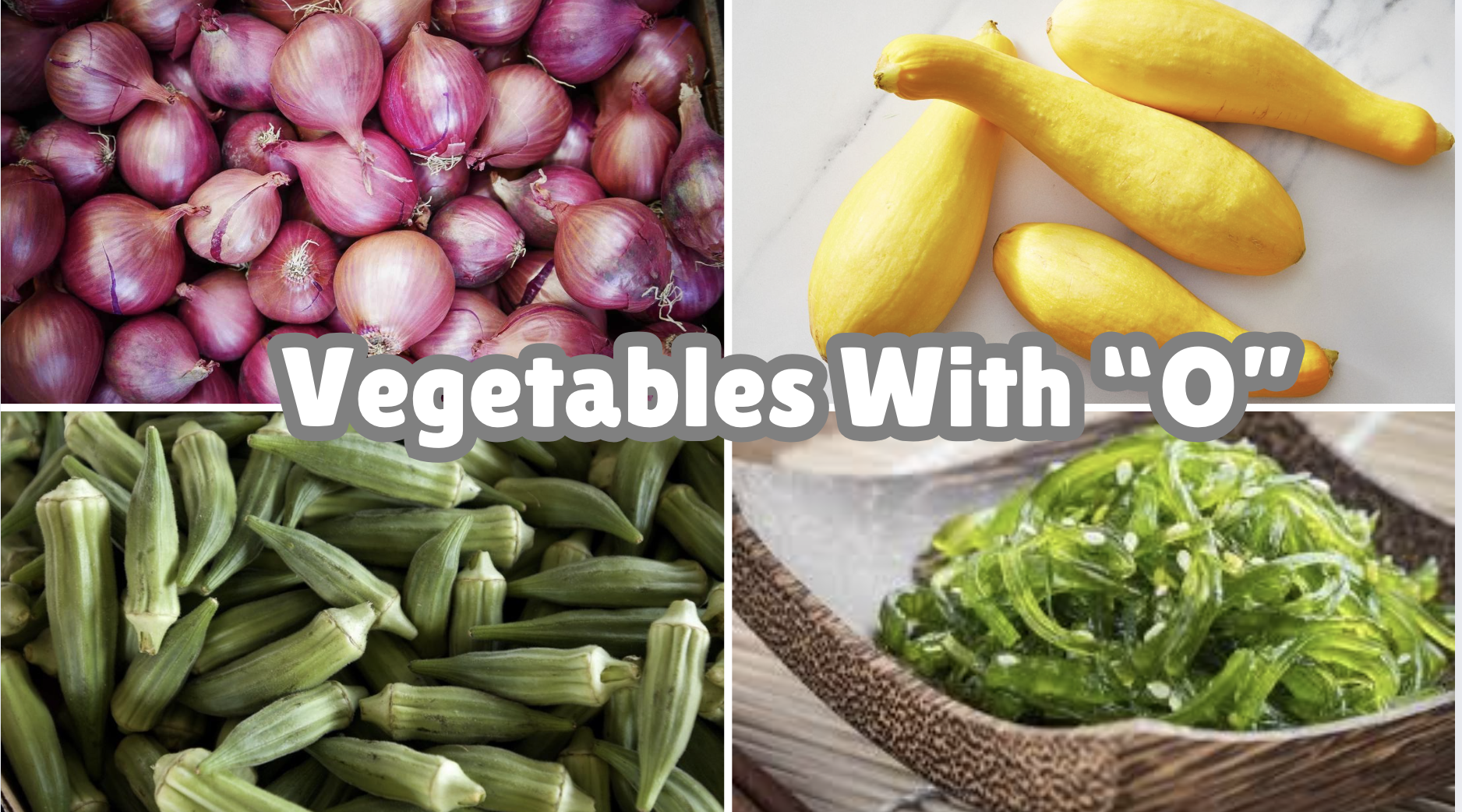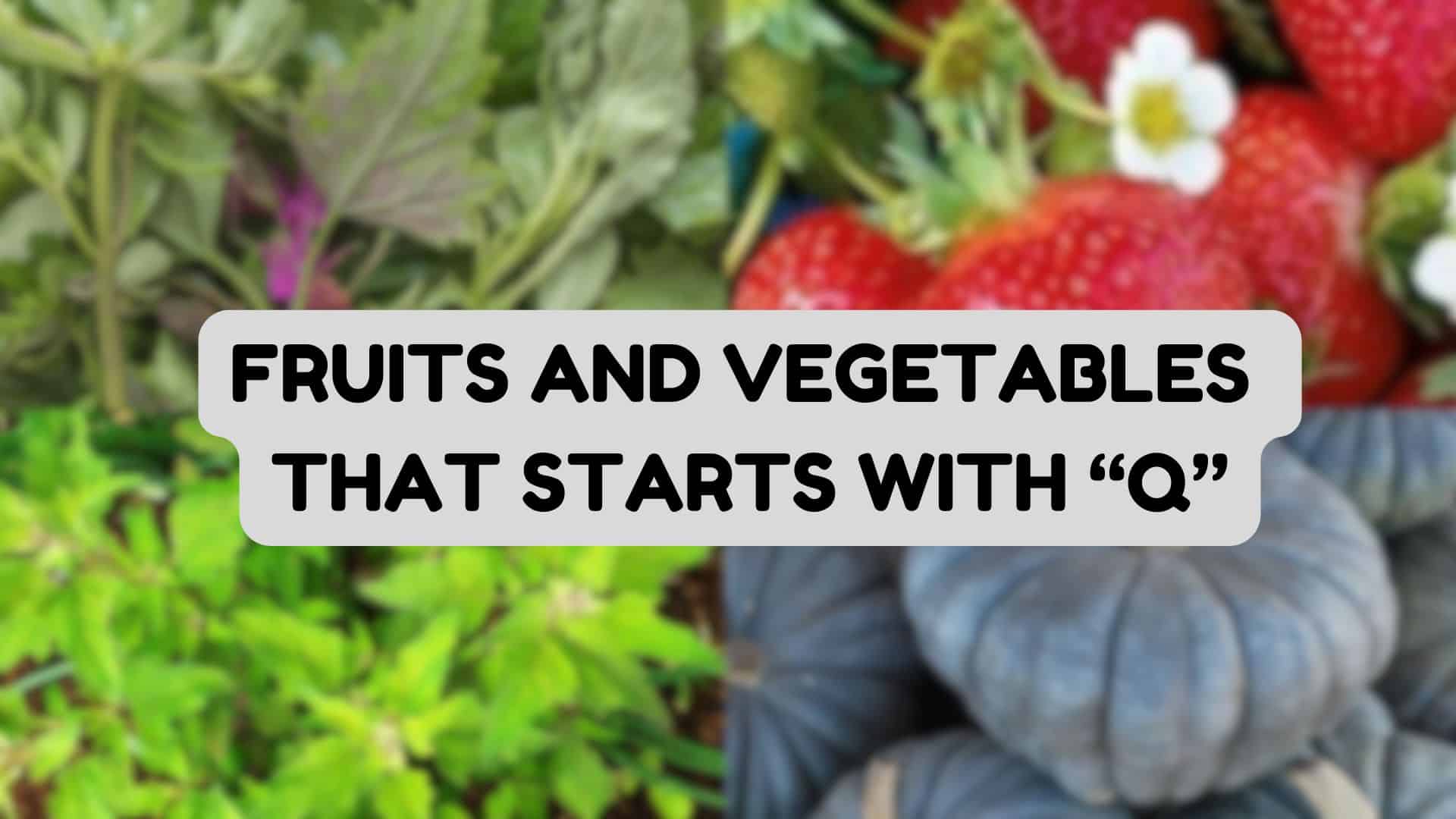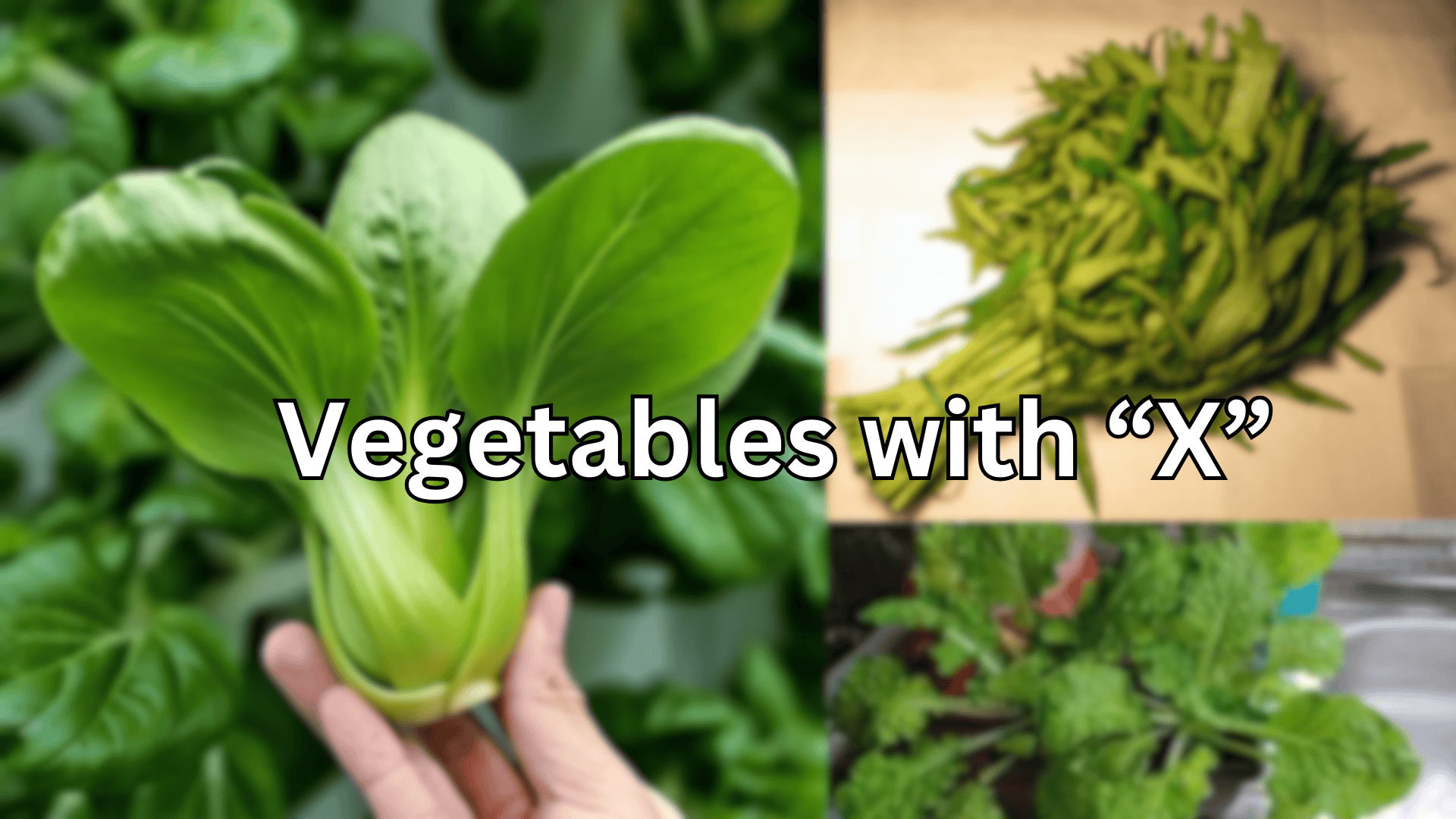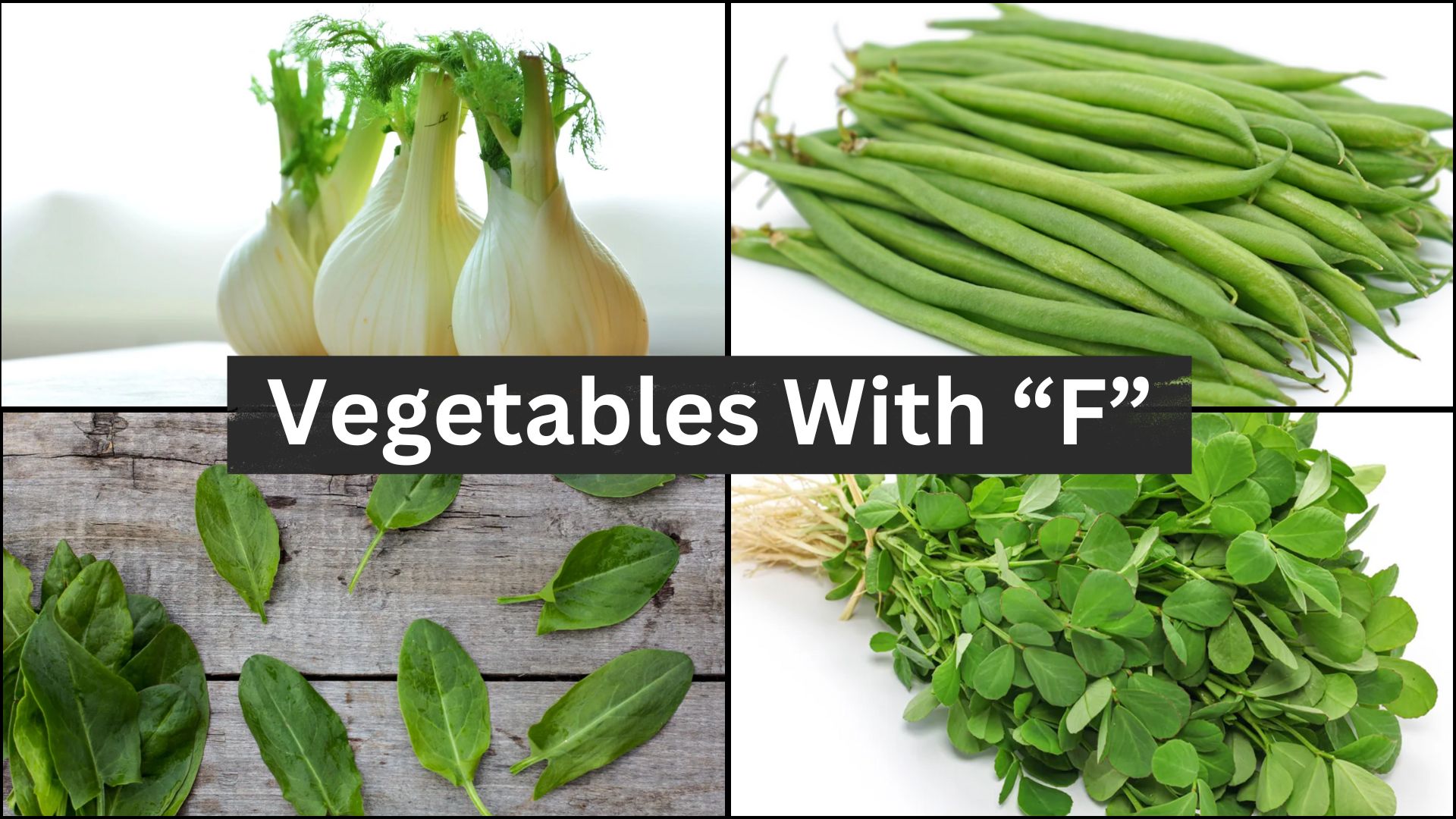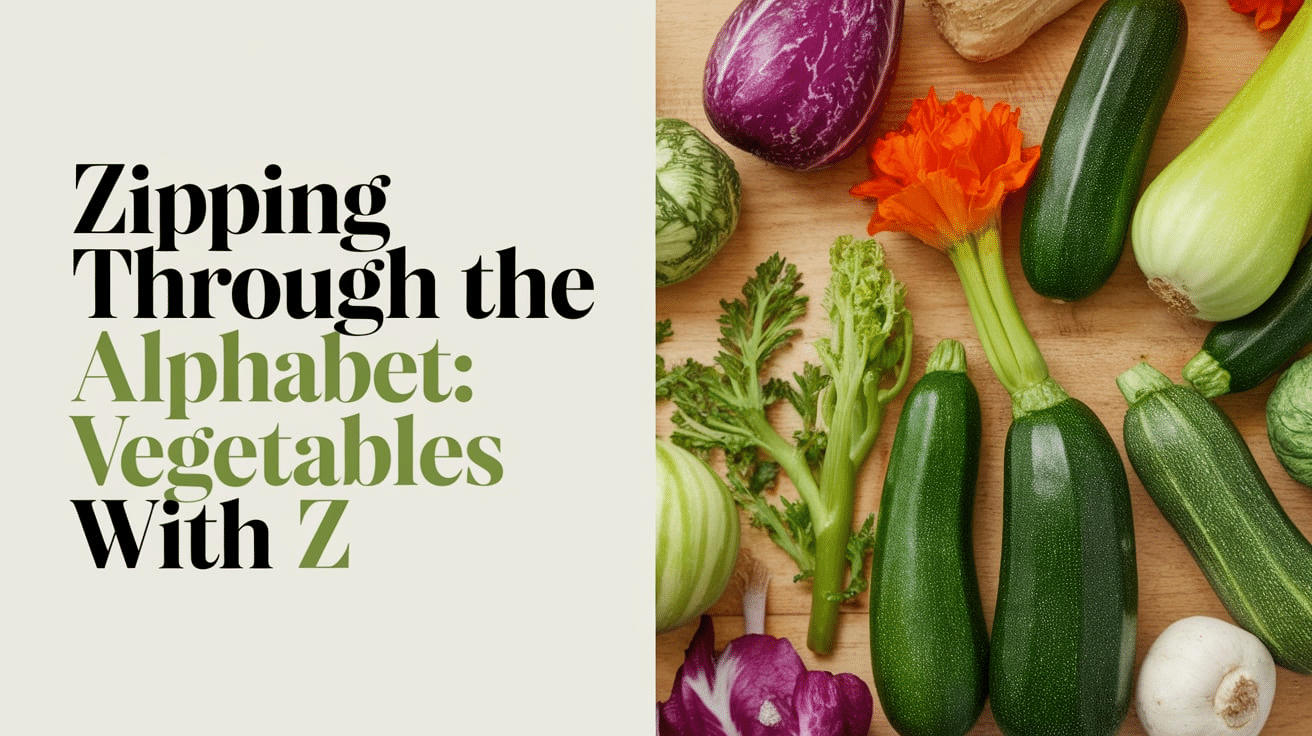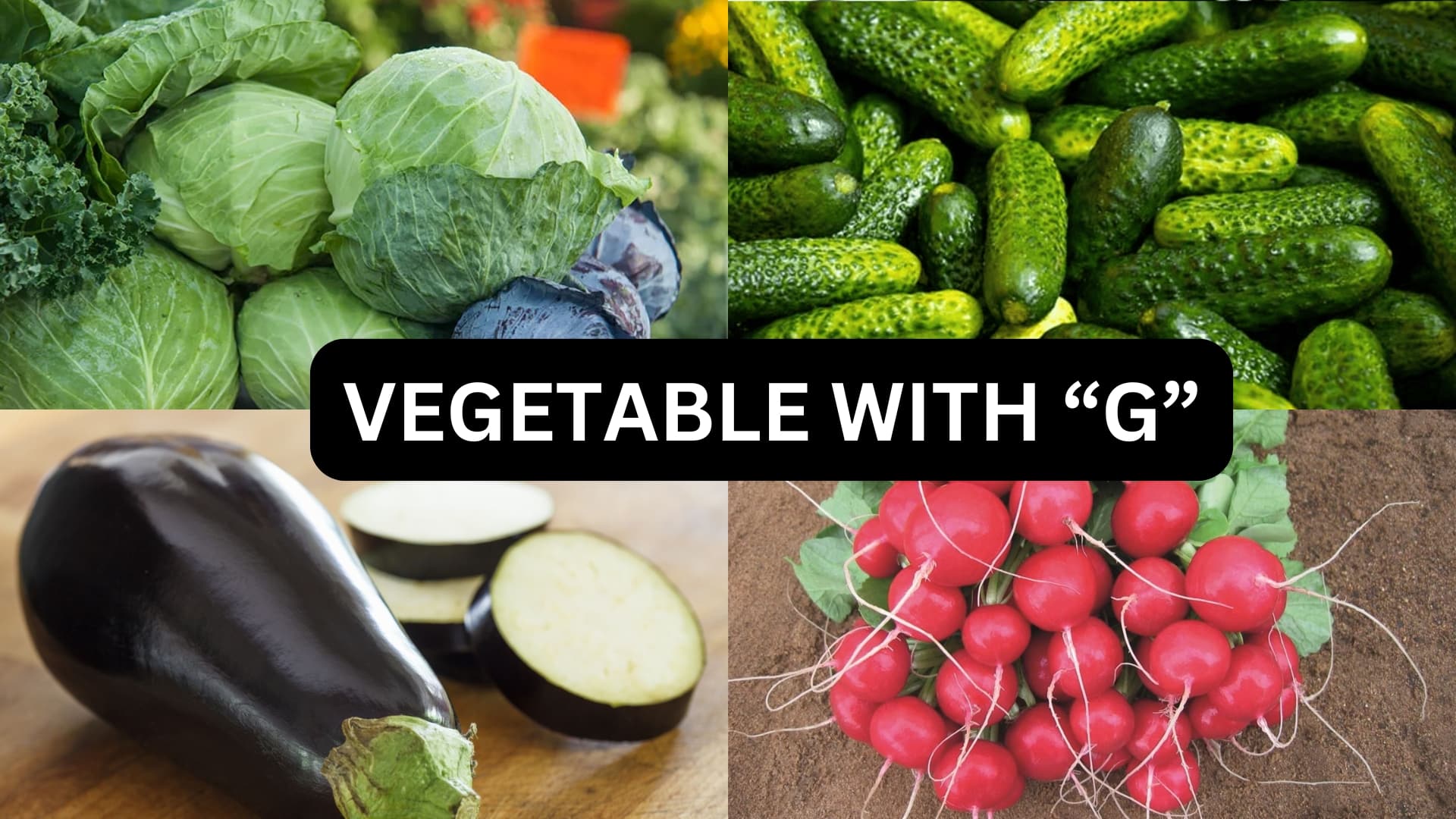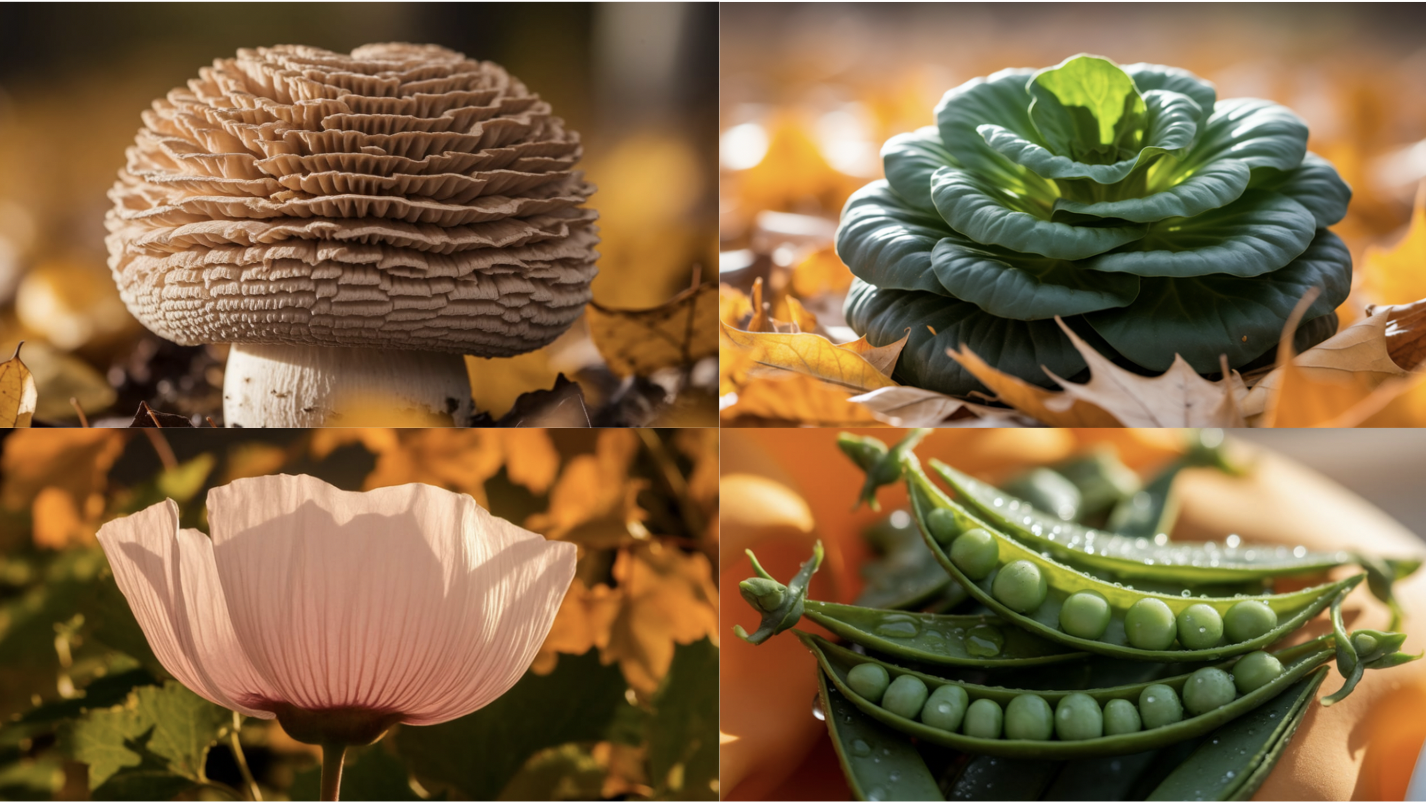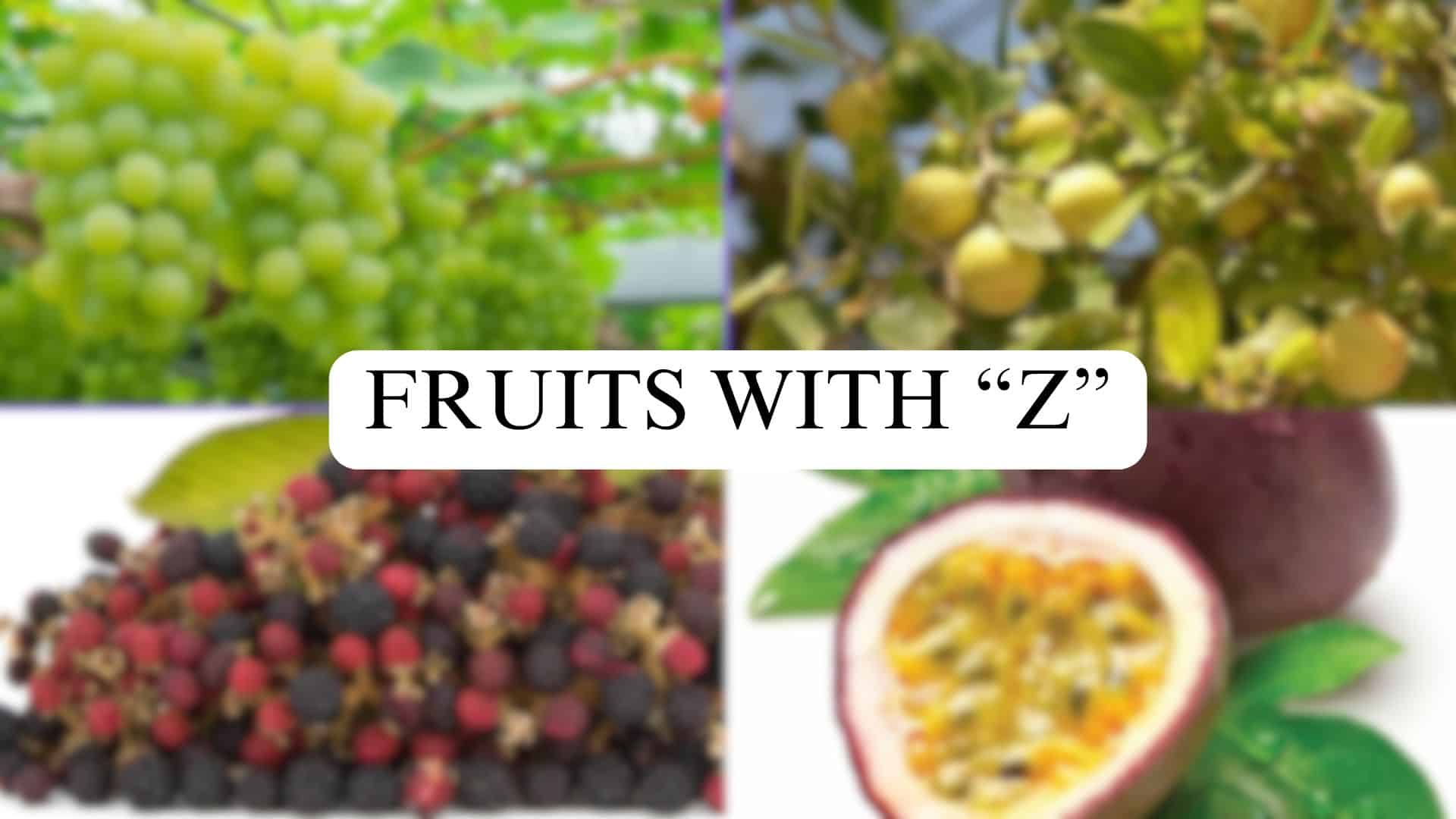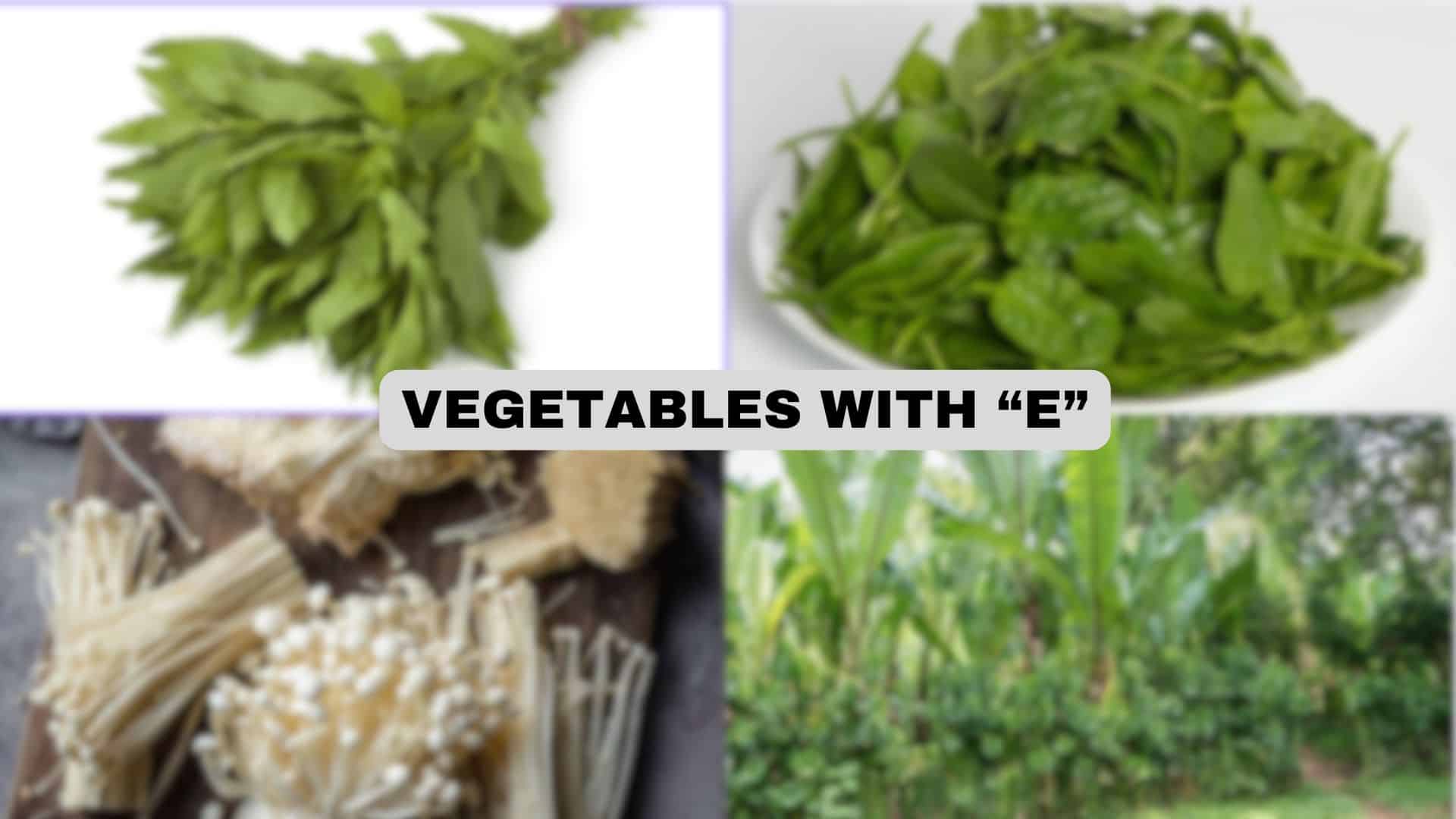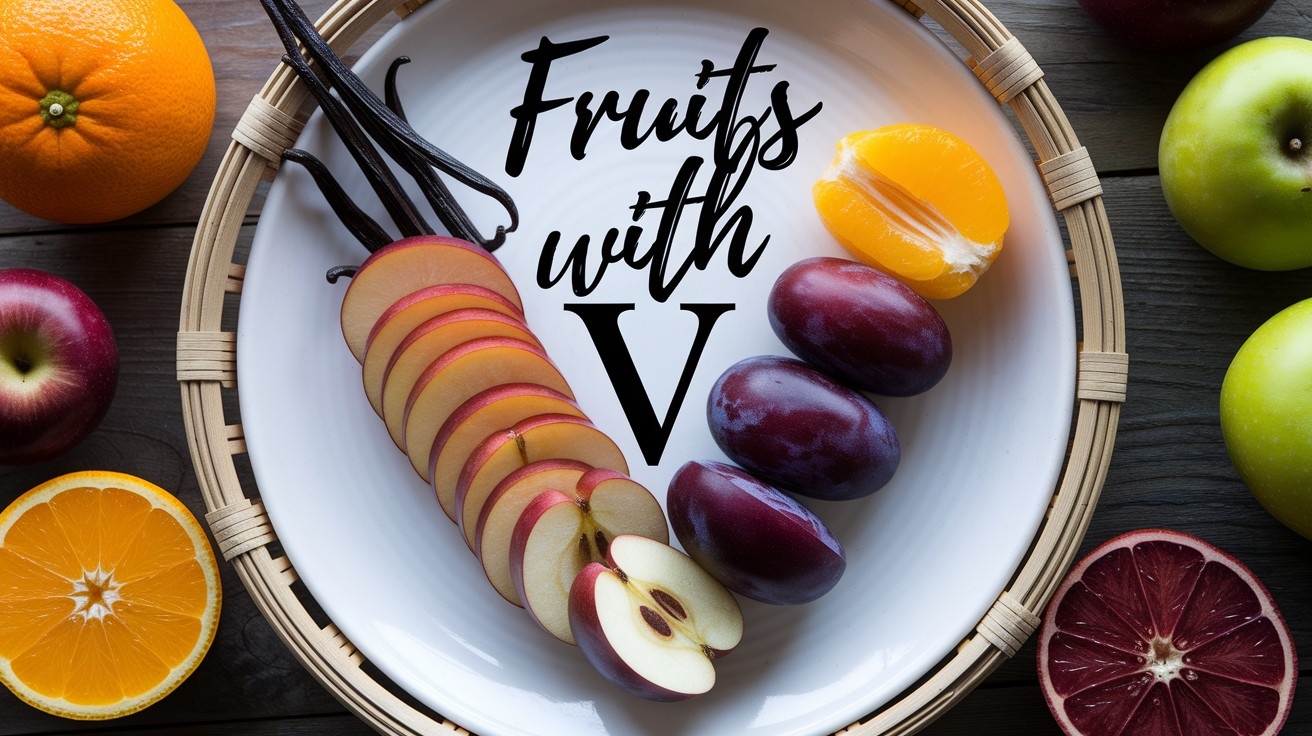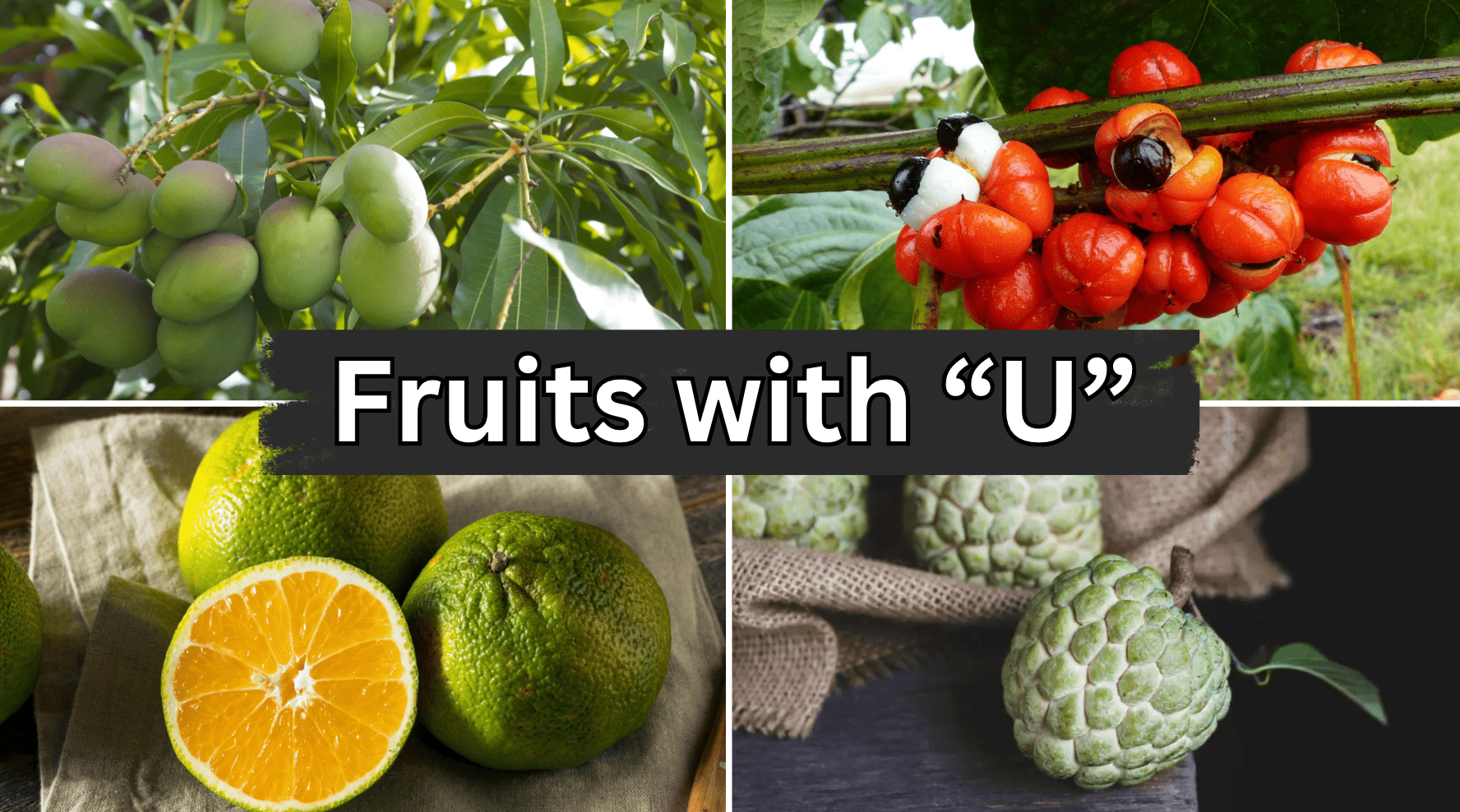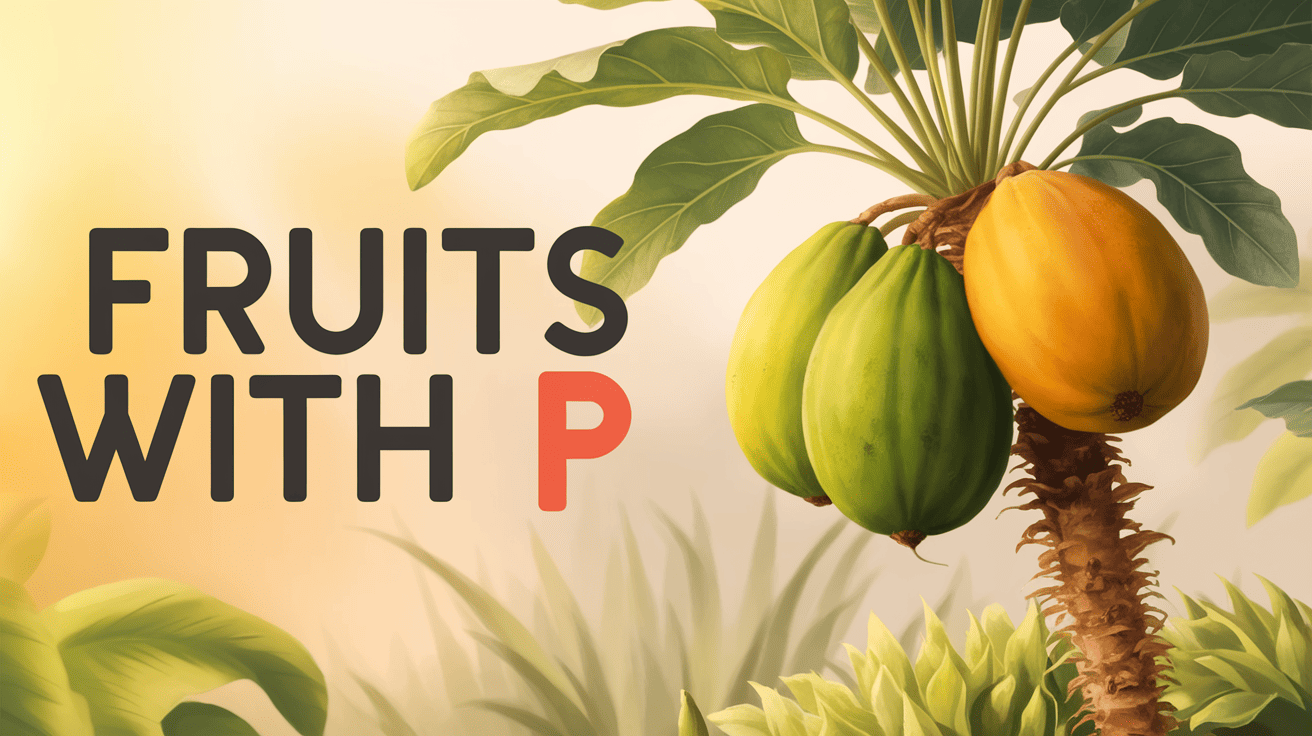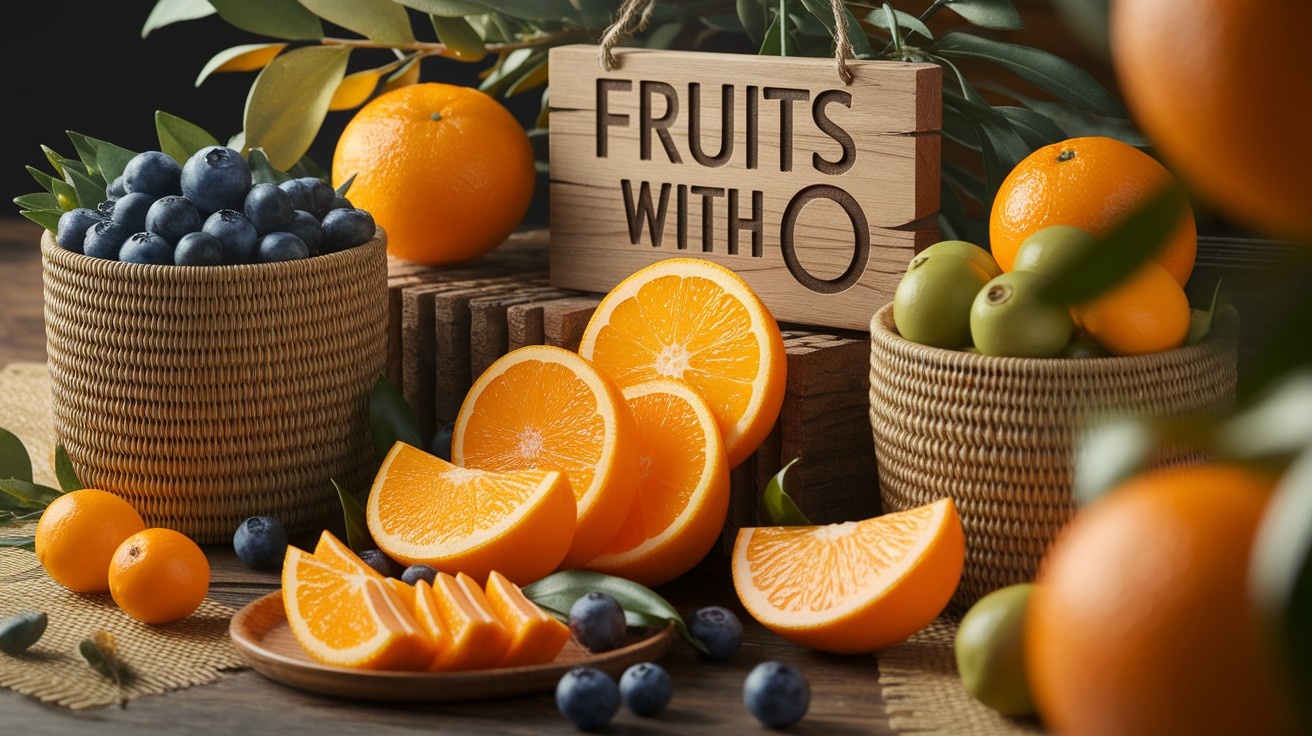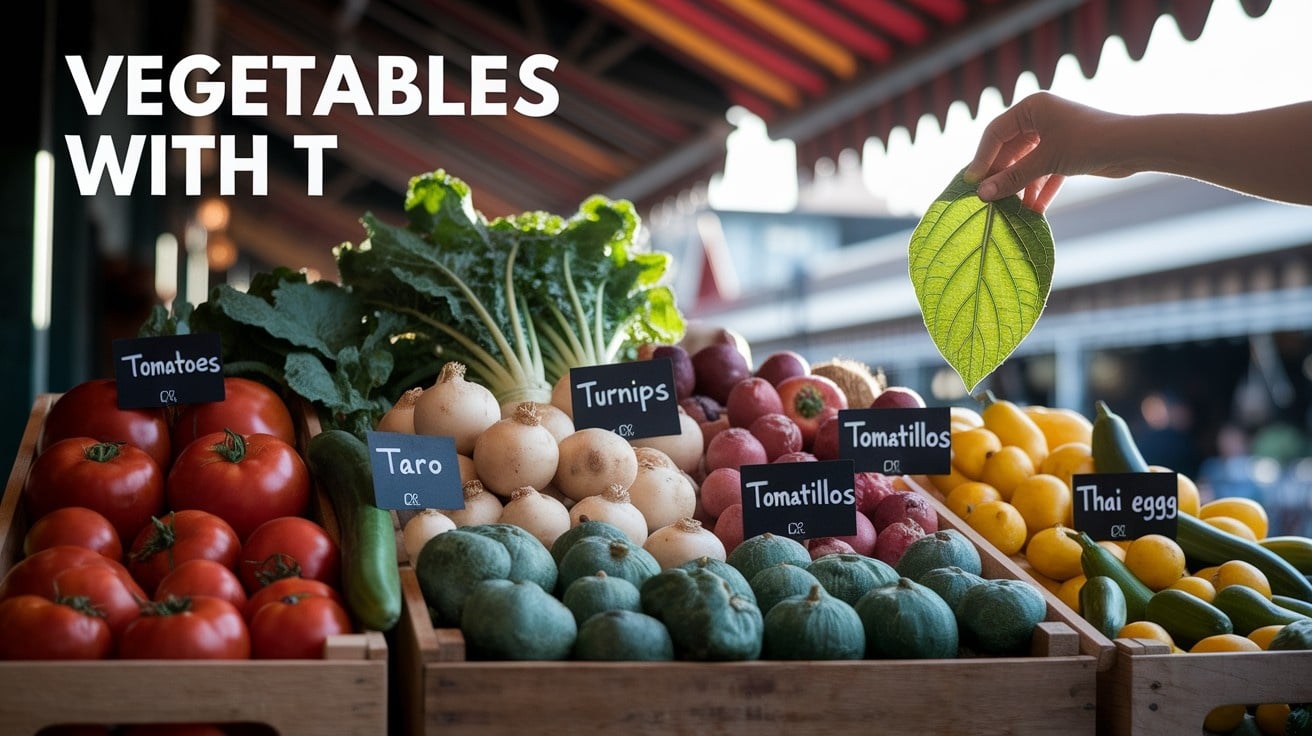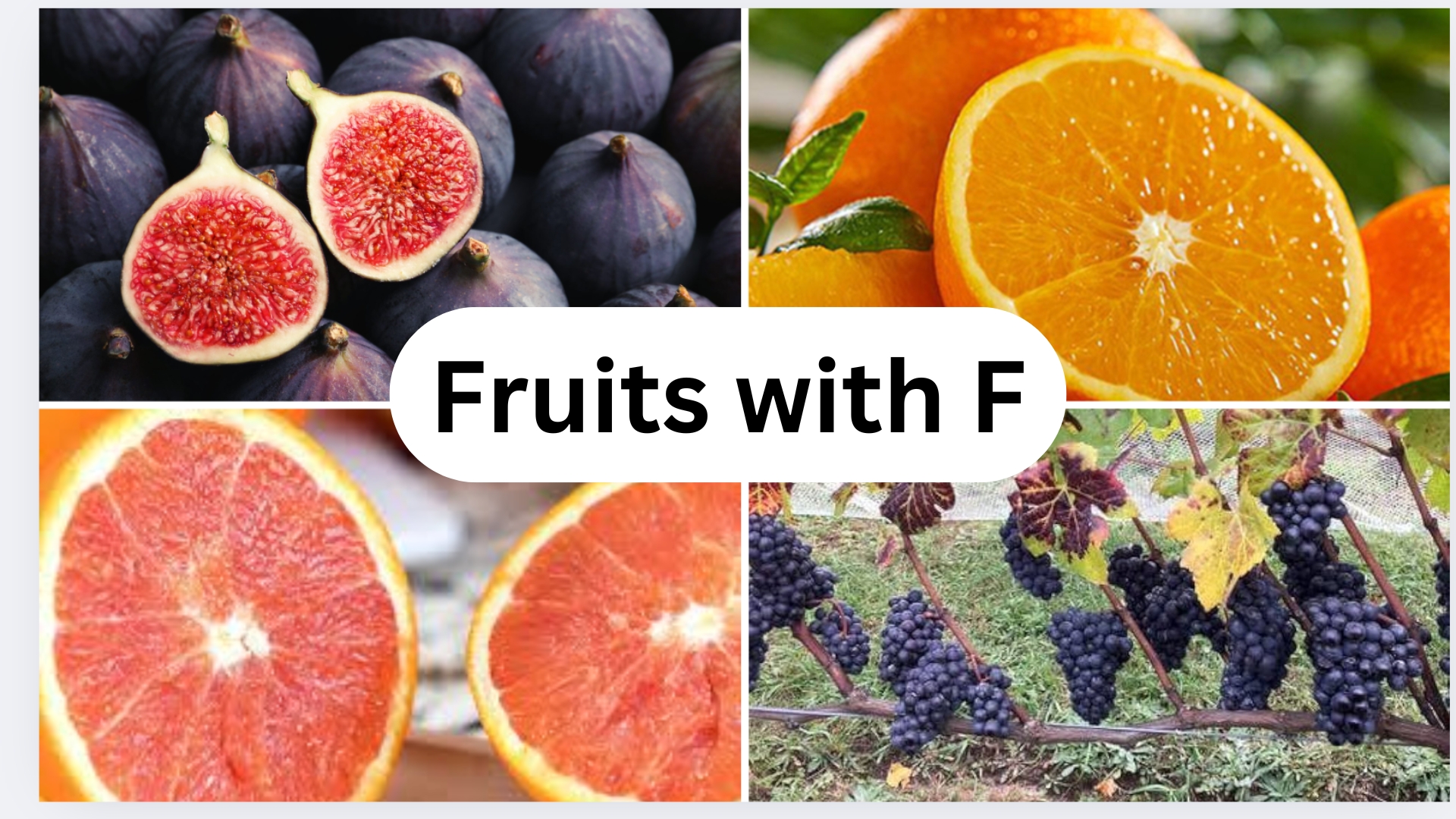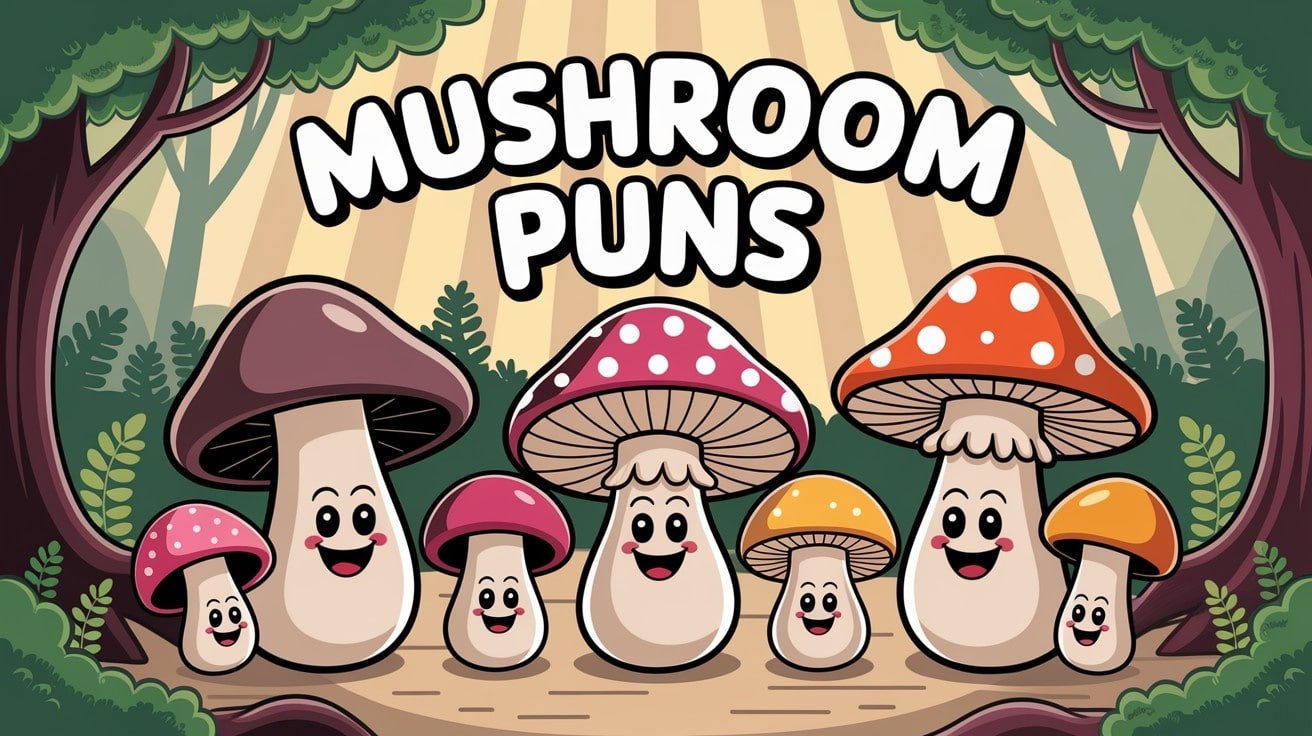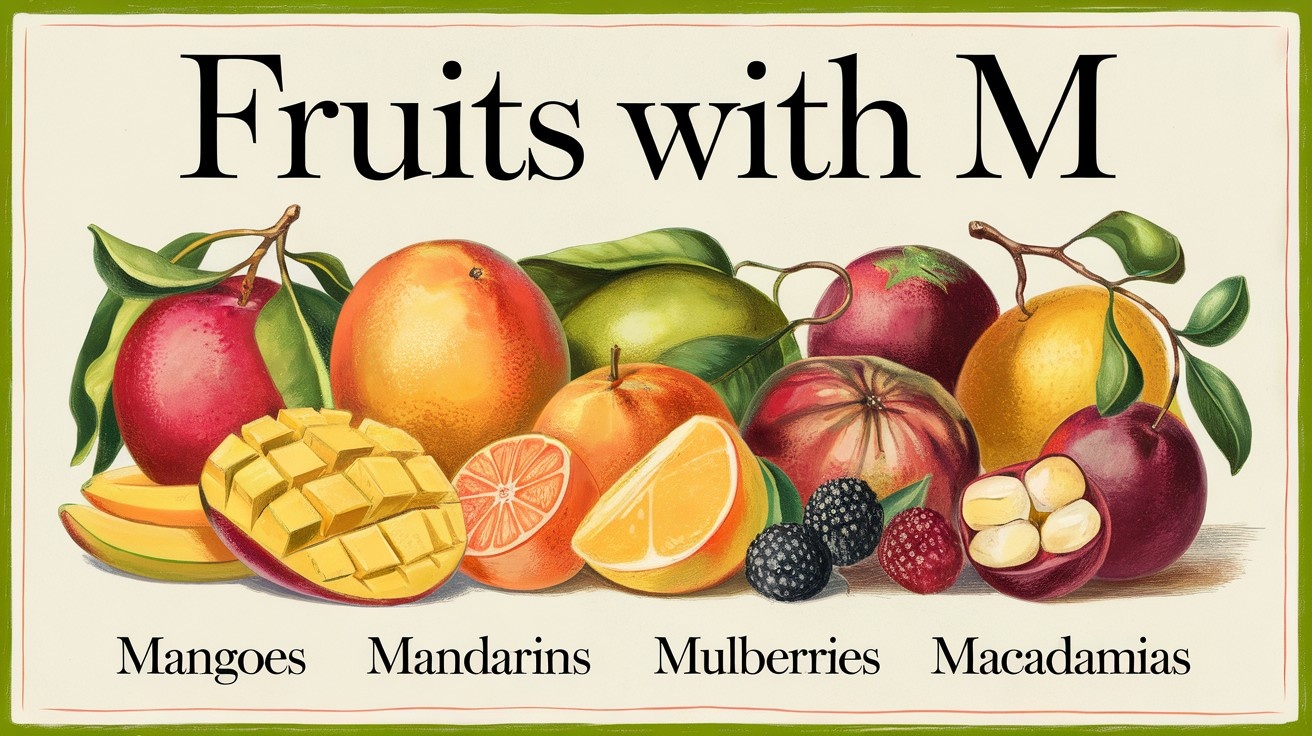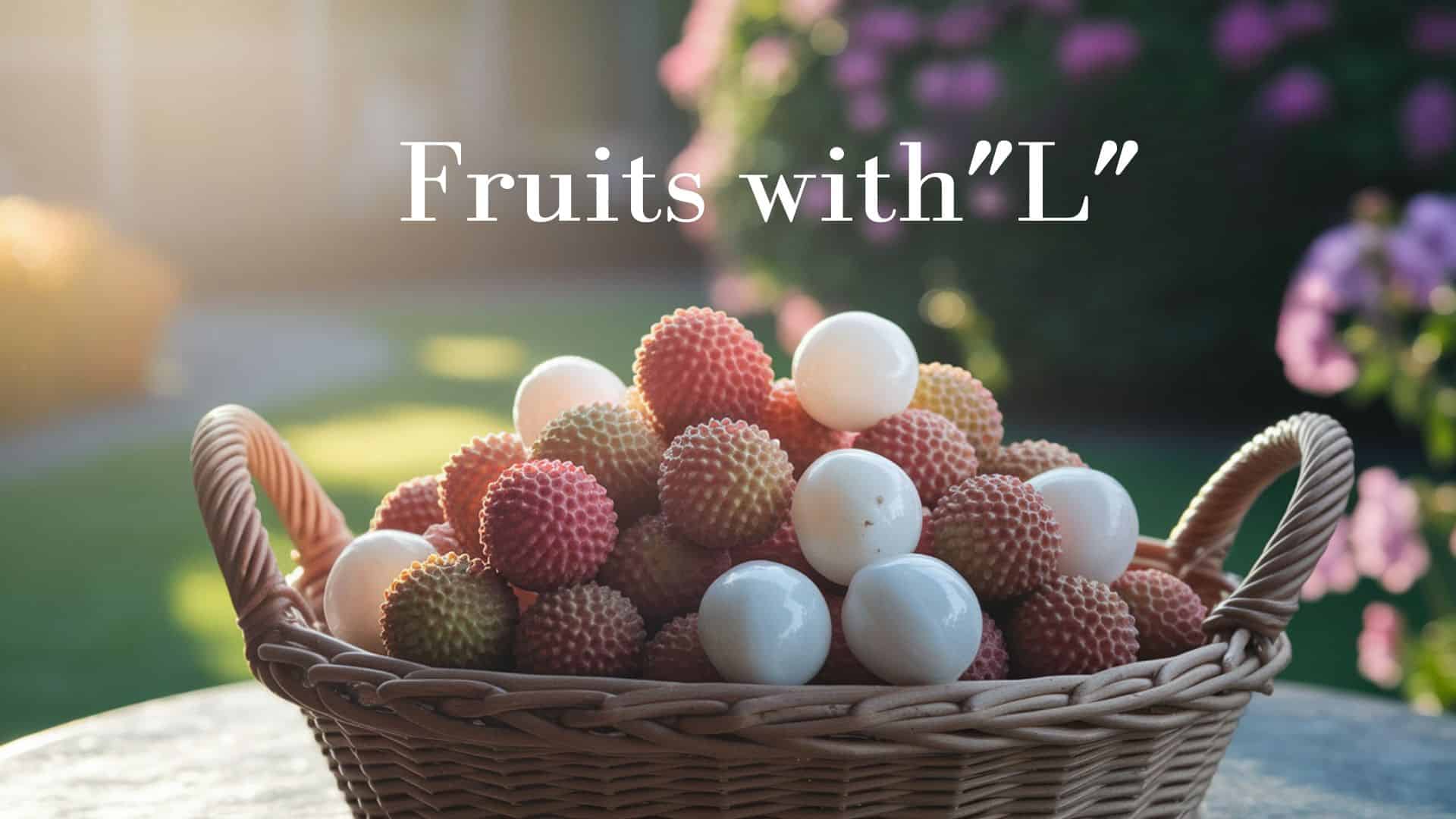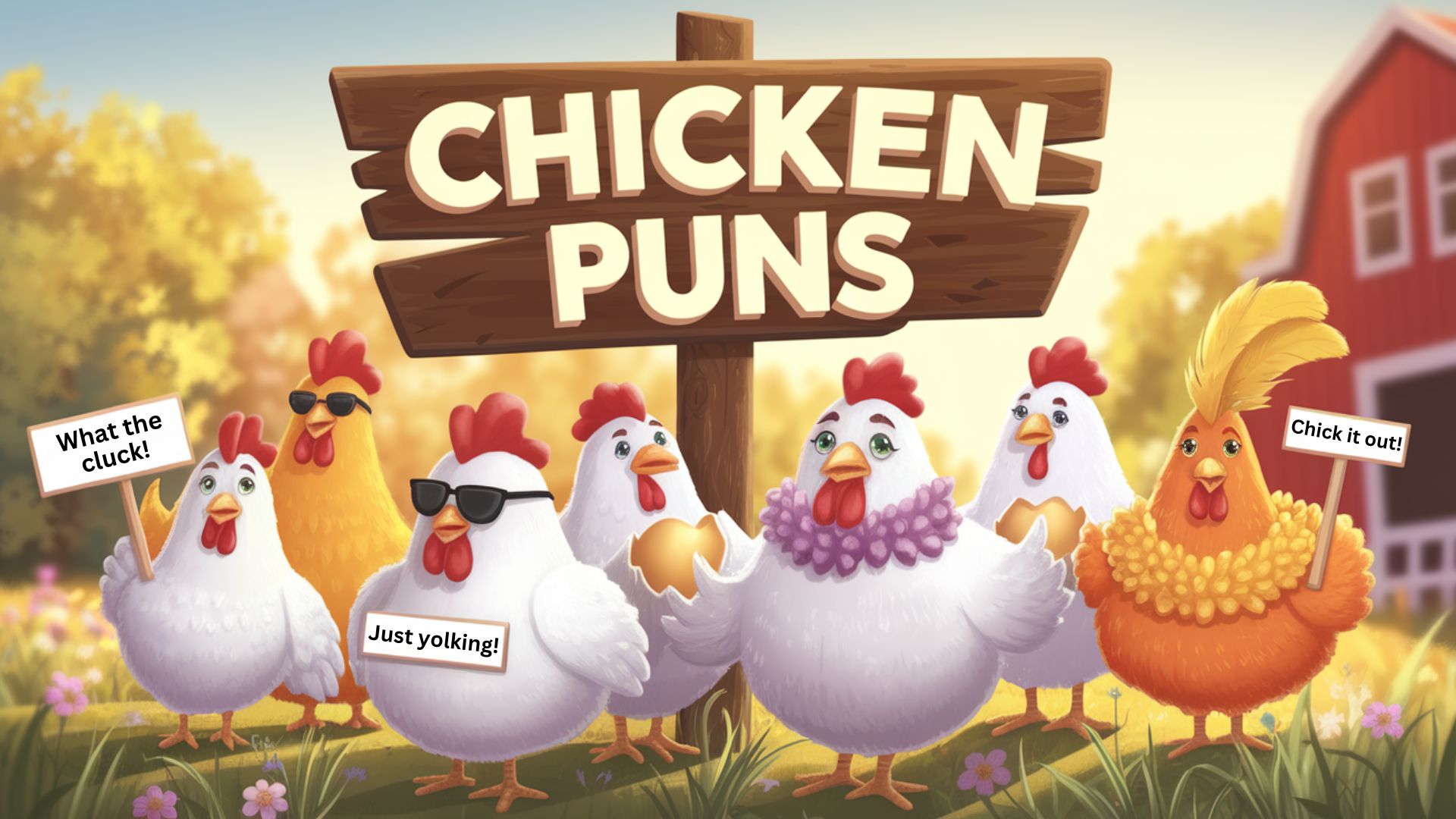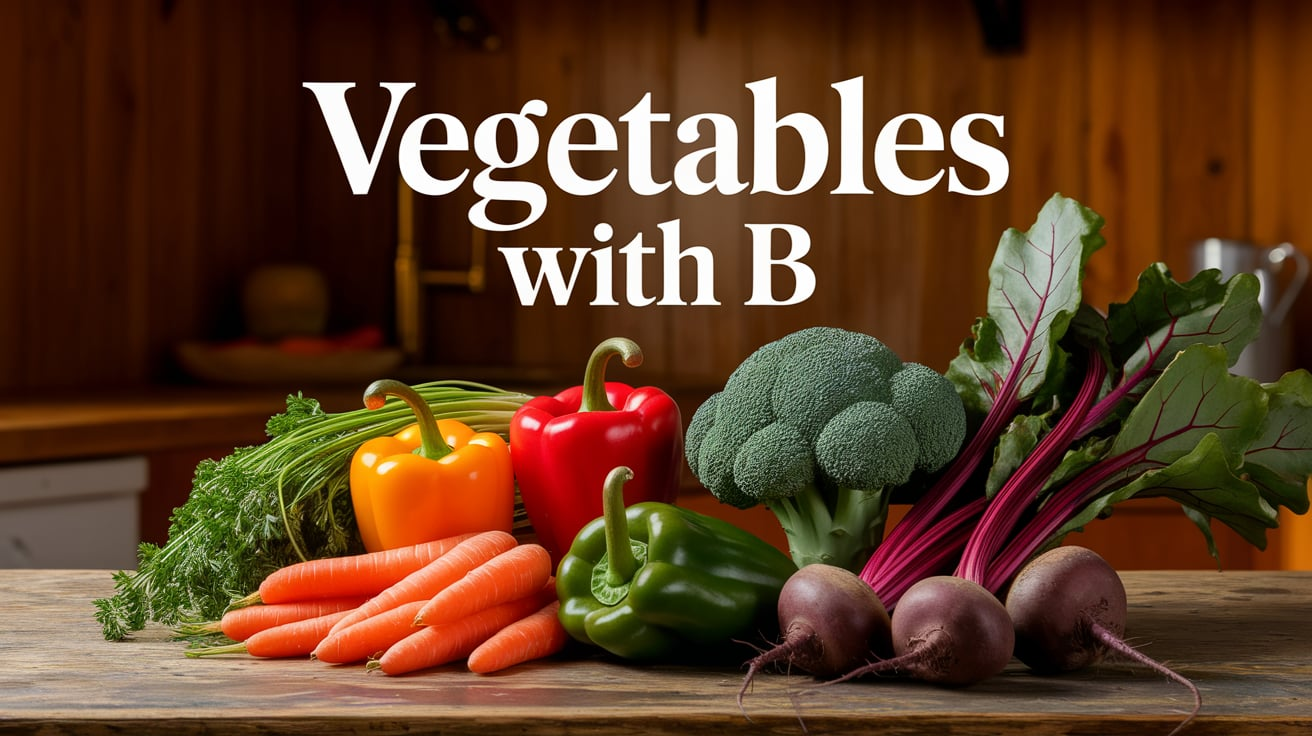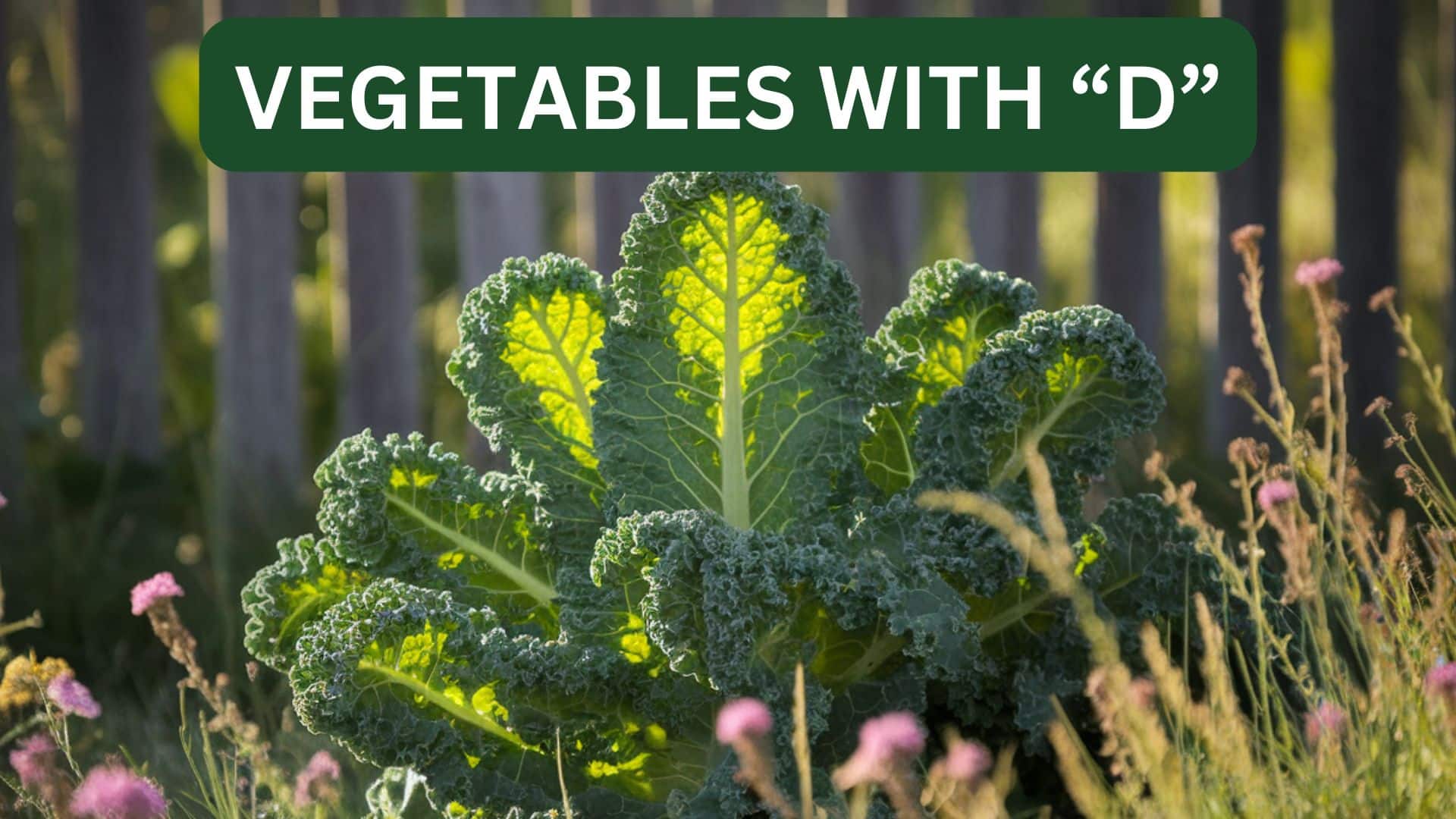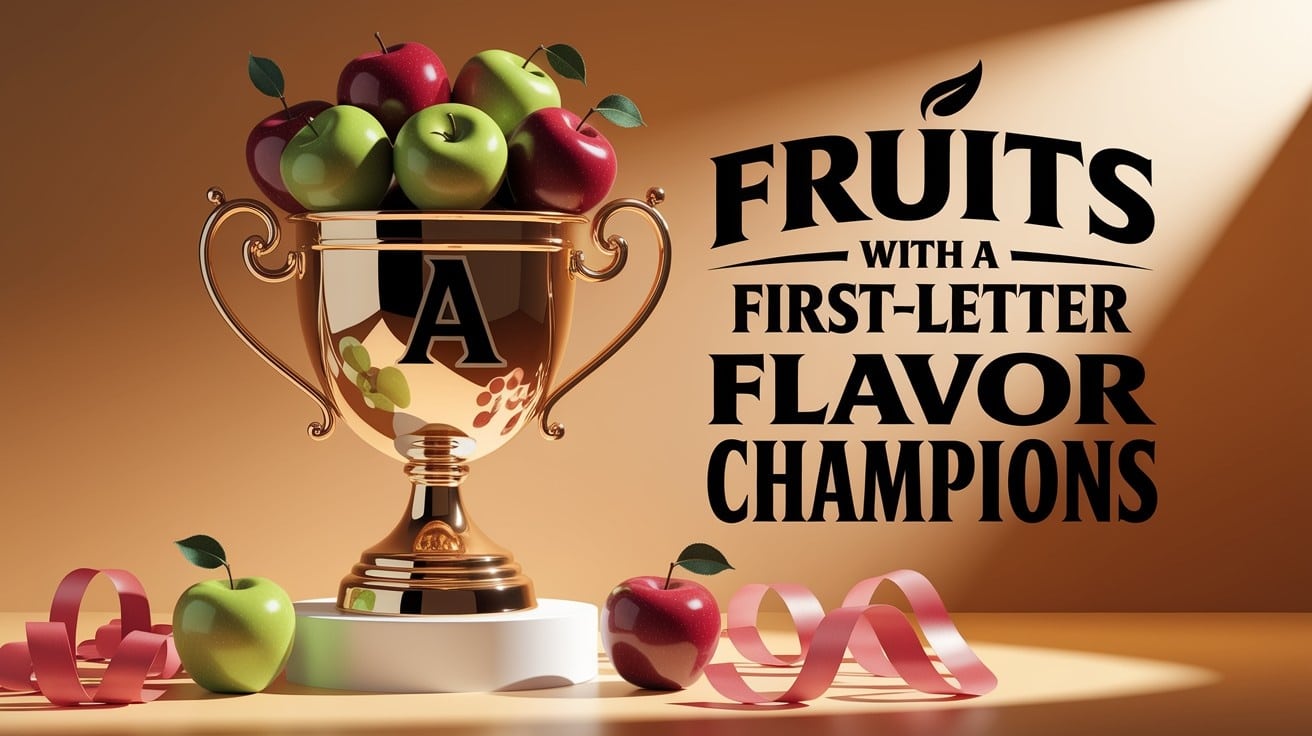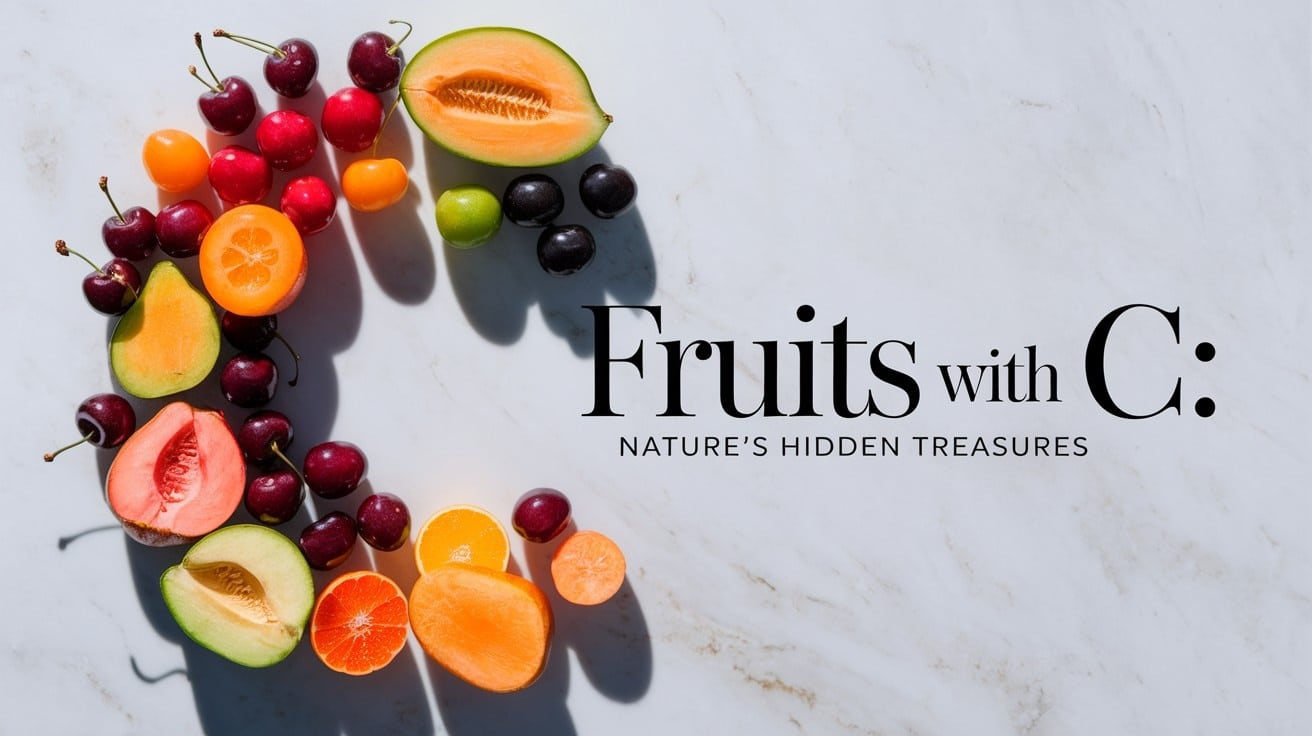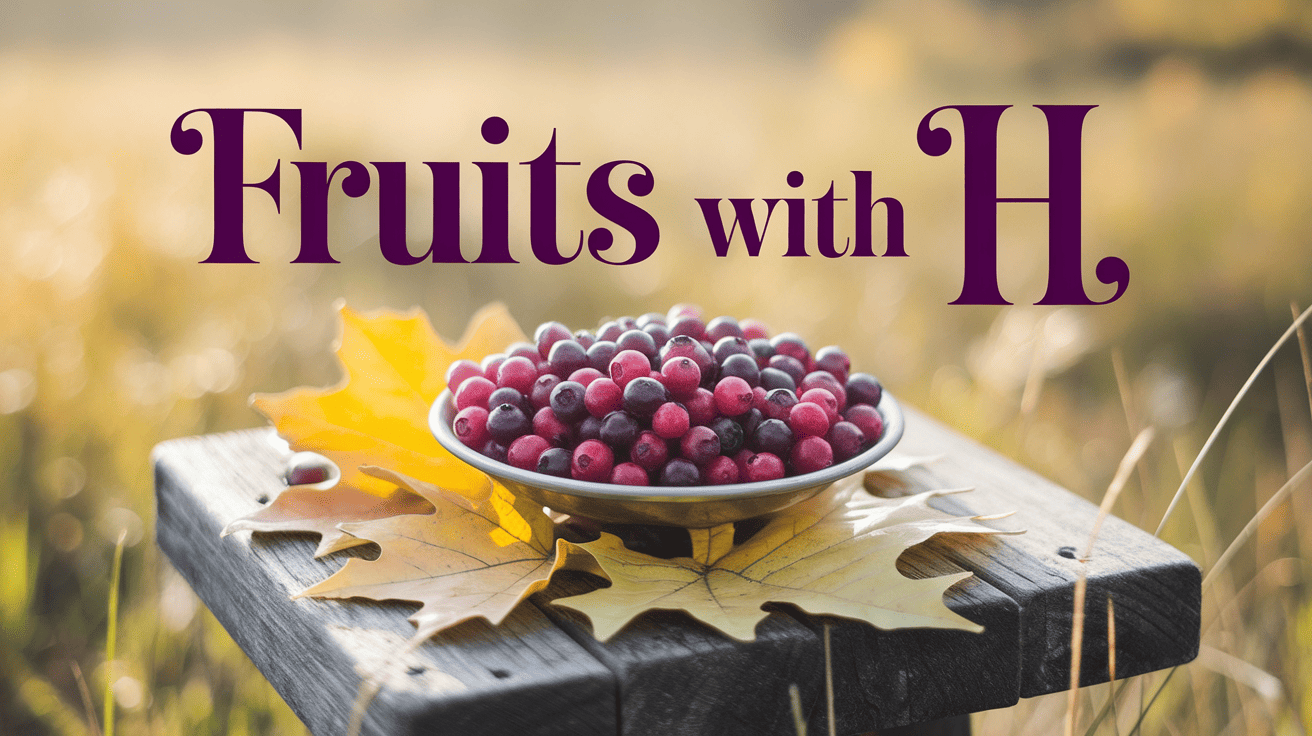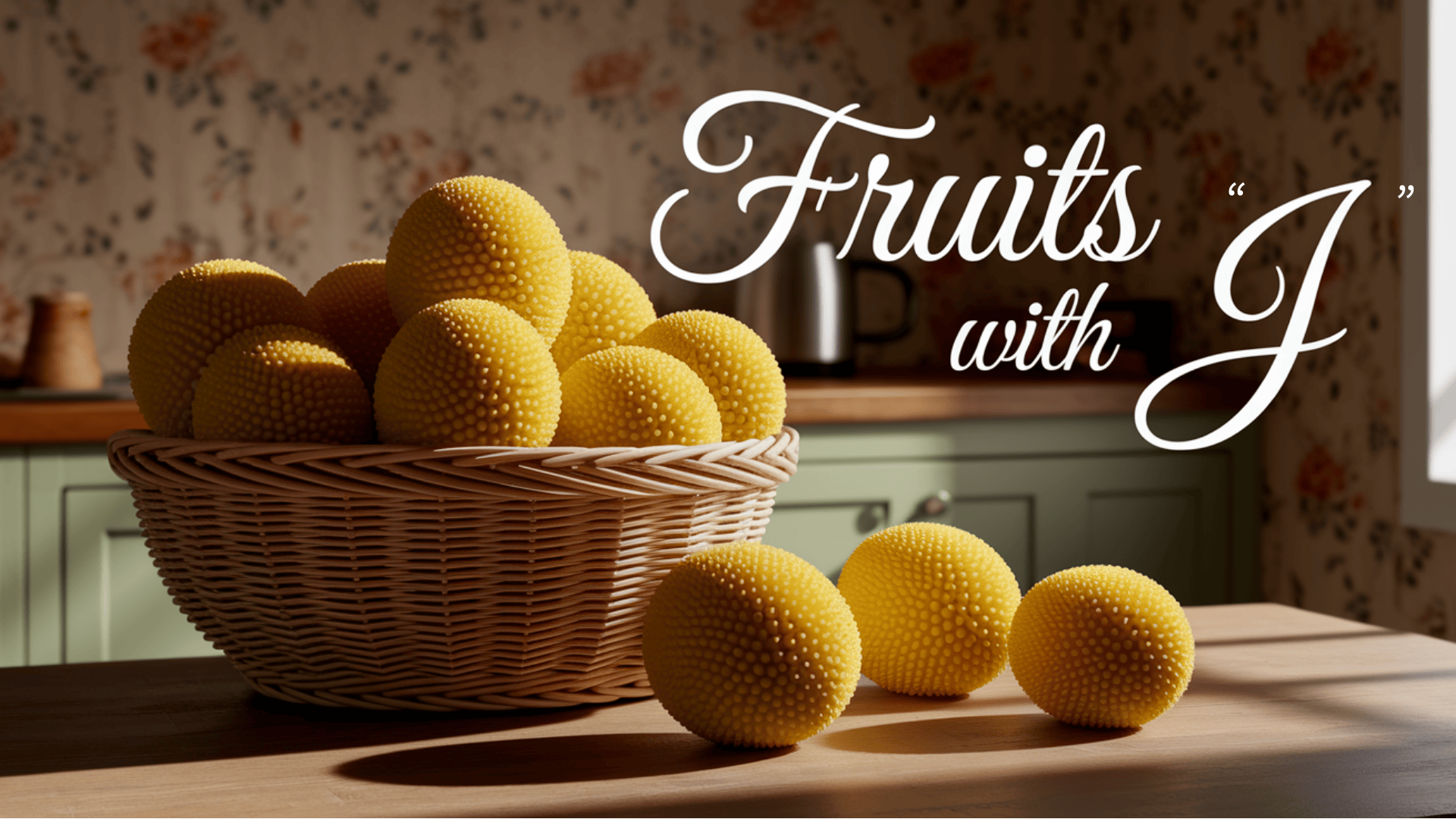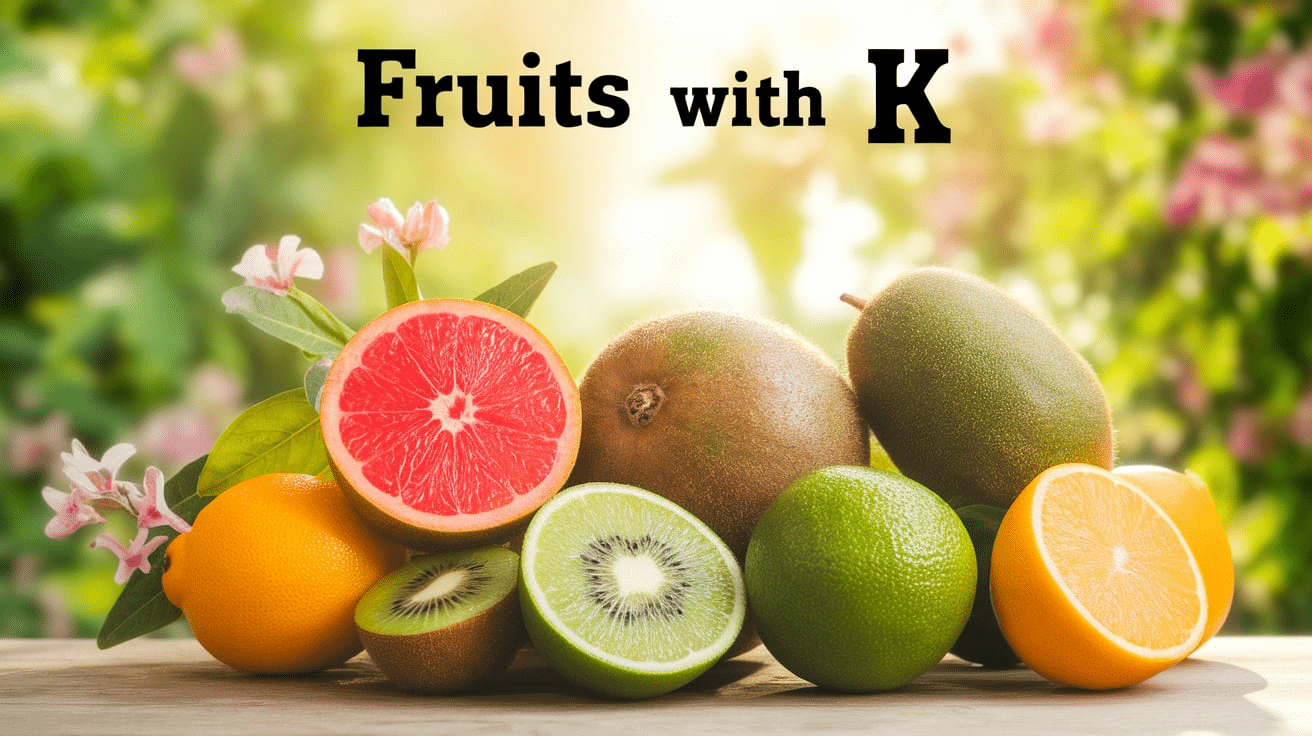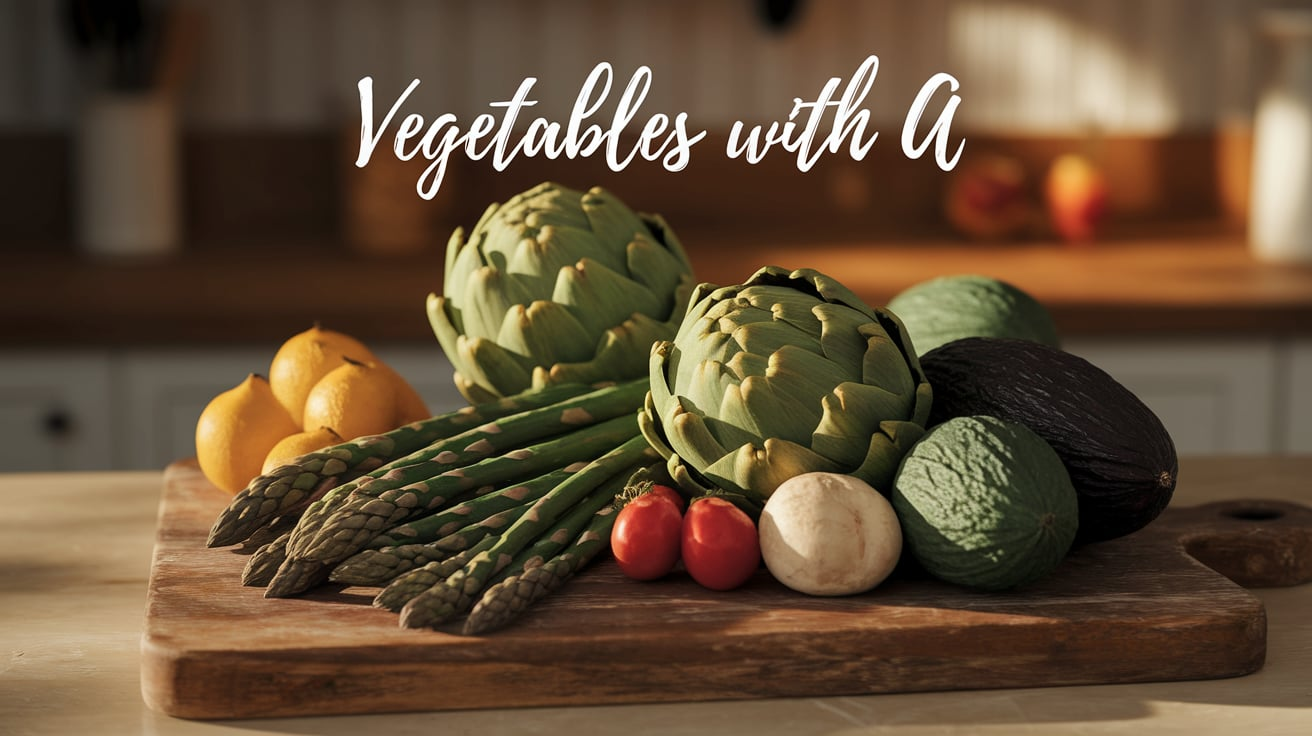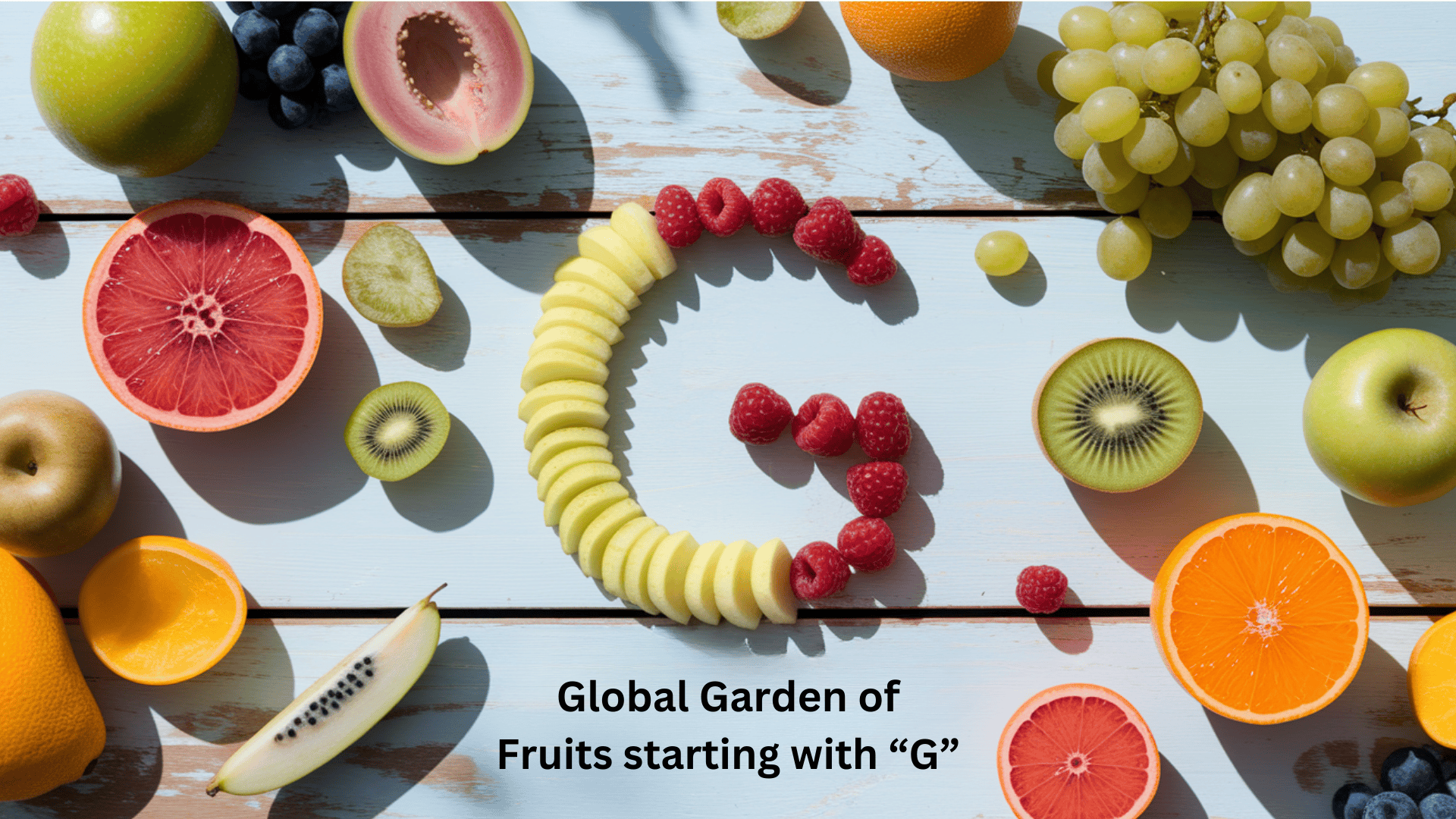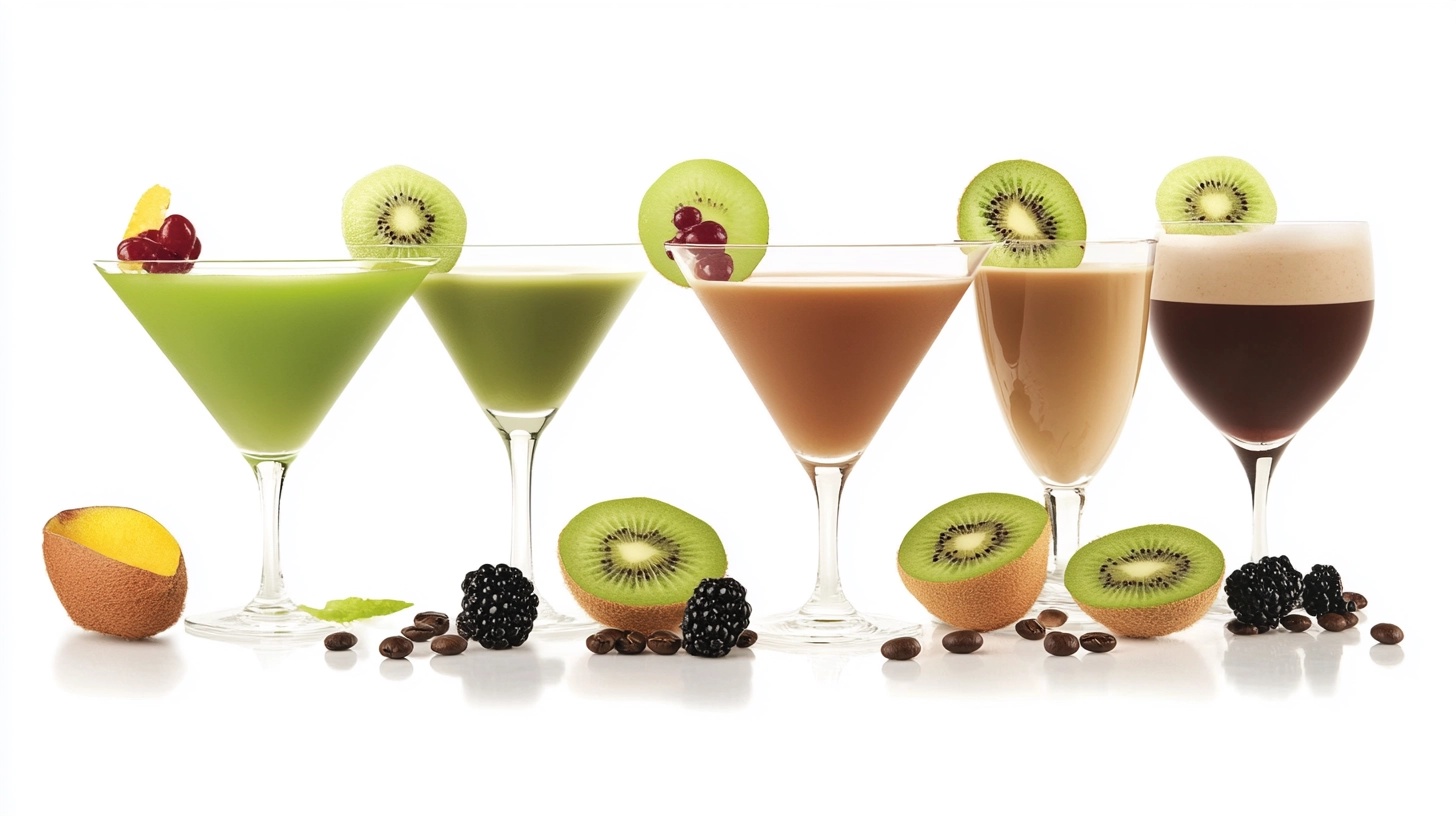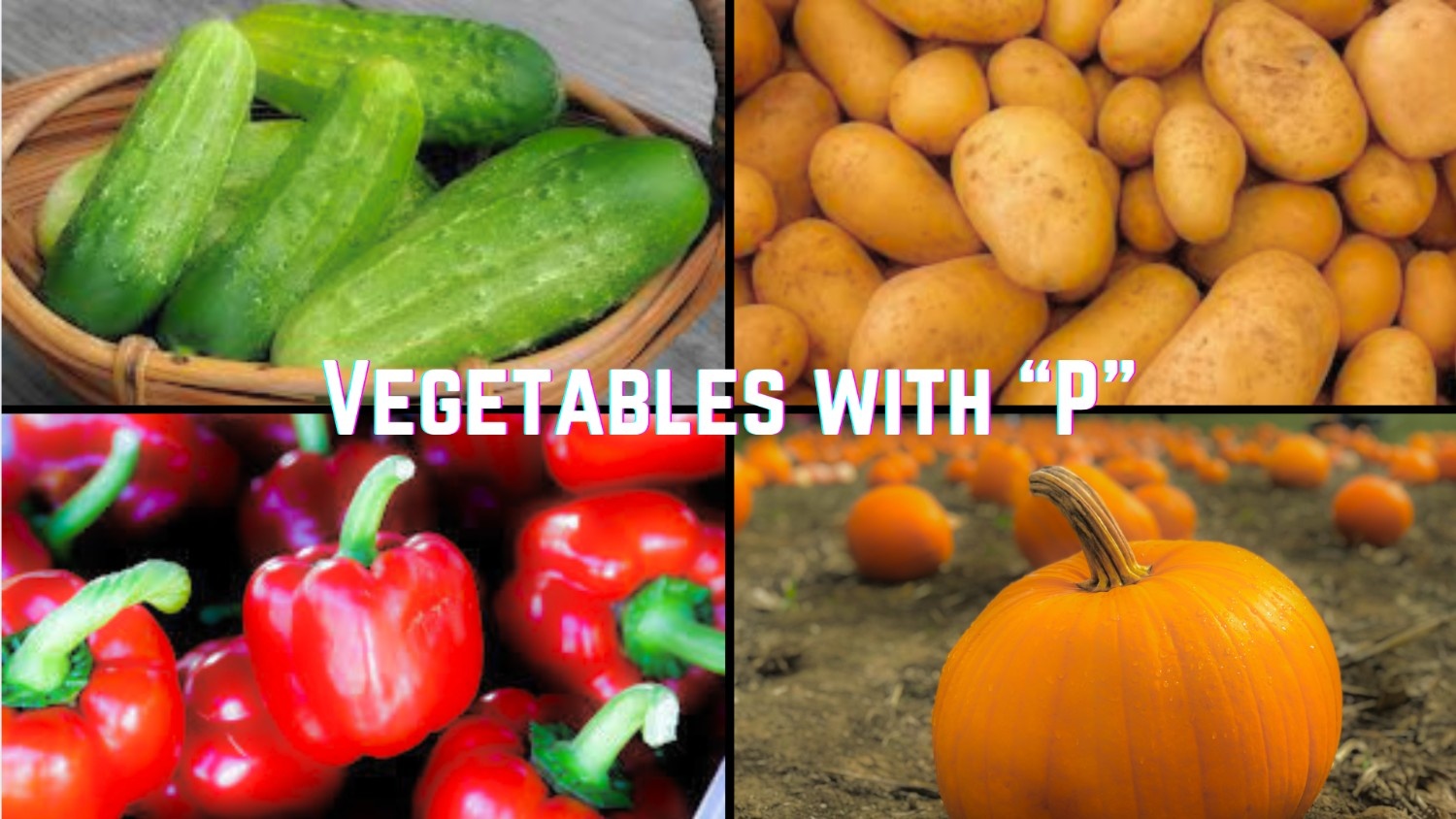
Did you ever think about how many yummy vegetables start with the letter P? From parsnips to purple yams, these veggies are not just tasty but also super good for you!
The world of P-vegetables is filled with colors, flavors, and stories from all around the globe.
Potatoes are one of the most common P-vegetables, but they weren’t always popular in Europe. When they first arrived from South America in the 1500s, many people thought they were poisonous and wouldn’t eat them!
From the sweet purple carrots that brighten up your plate to the crunchy pak choi that makes stir-fries extra special, these veggies have traveled across countries and time to reach our kitchens.
Let’s take a trip through gardens and farms to uncover these amazing plants that help keep us healthy and make meals so much more exciting!
Common and Colorful P-Vegetables
1. Parsnip
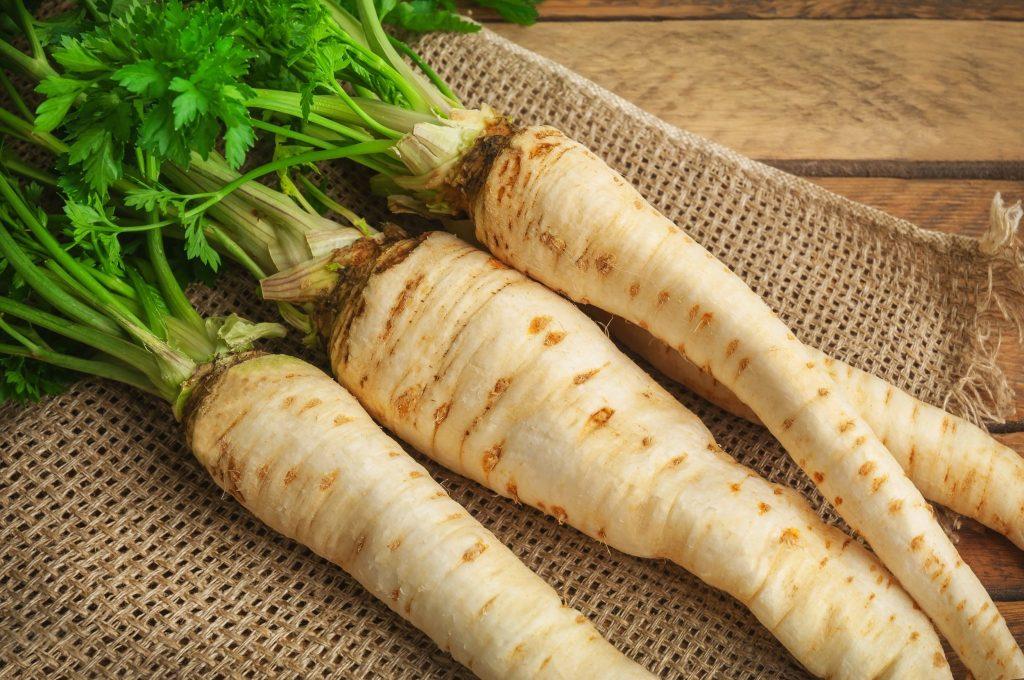
Origin: Native to Europe and Asia, cultivated since ancient Roman times.
Nutritional benefits: Rich in fiber, vitamin C, and potassium; supports digestion and immune function.
Culinary pairings: Great with carrots, potatoes, apples, thyme, and roasted meats.
Storage tips: Store in a perforated bag in the fridge for up to 2 weeks.
2. Pea
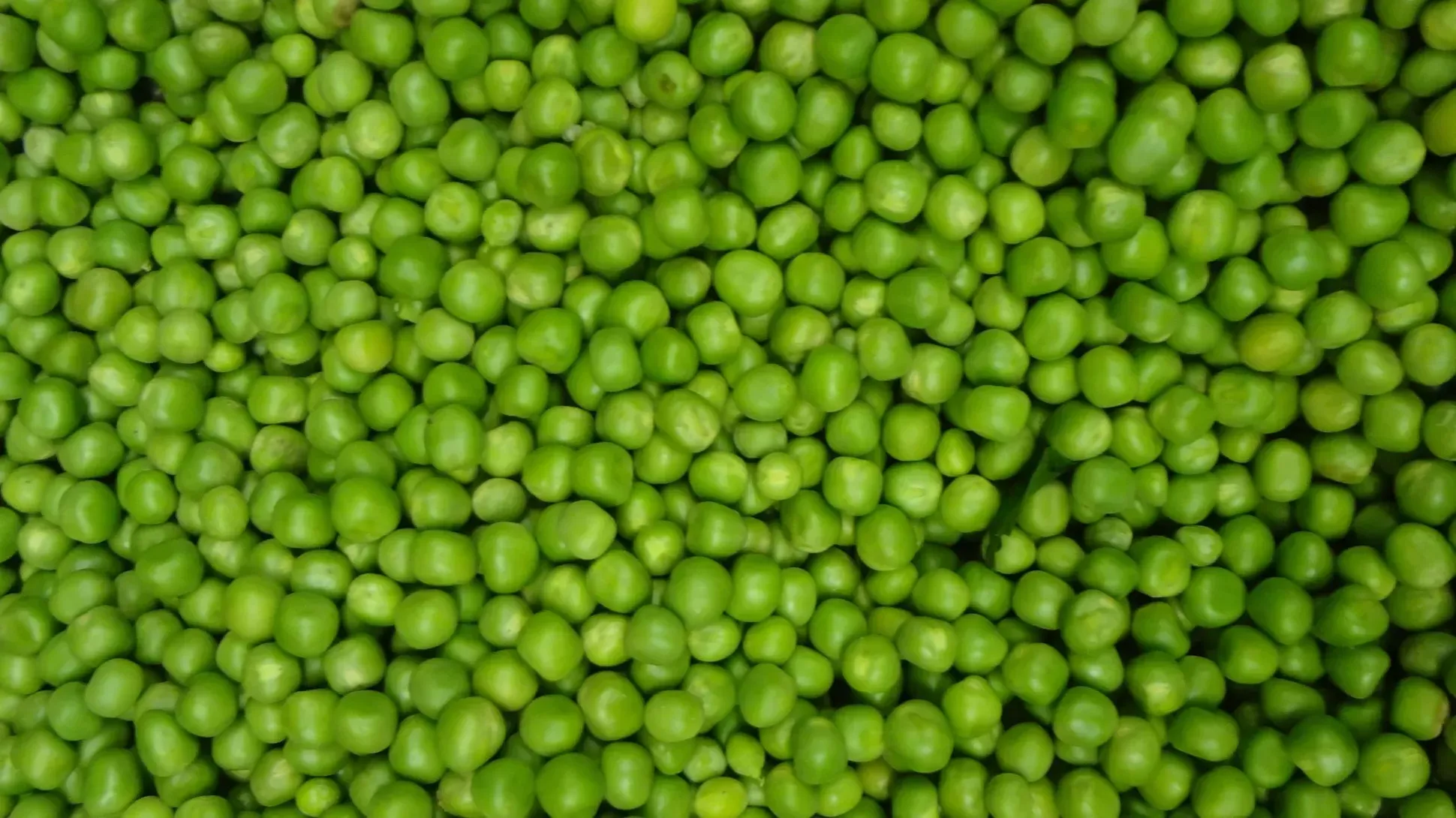
Origin: They originated in the Mediterranean and Middle Eastern regions.
Nutritional benefits: High in protein, fiber, and vitamins A, C, and K.
Culinary pairings: Pairs well with mint, carrots, onions, and rice dishes.
Storage tips: Keep in the fridge in a sealed container; use within 3-5 days.
3. Potato
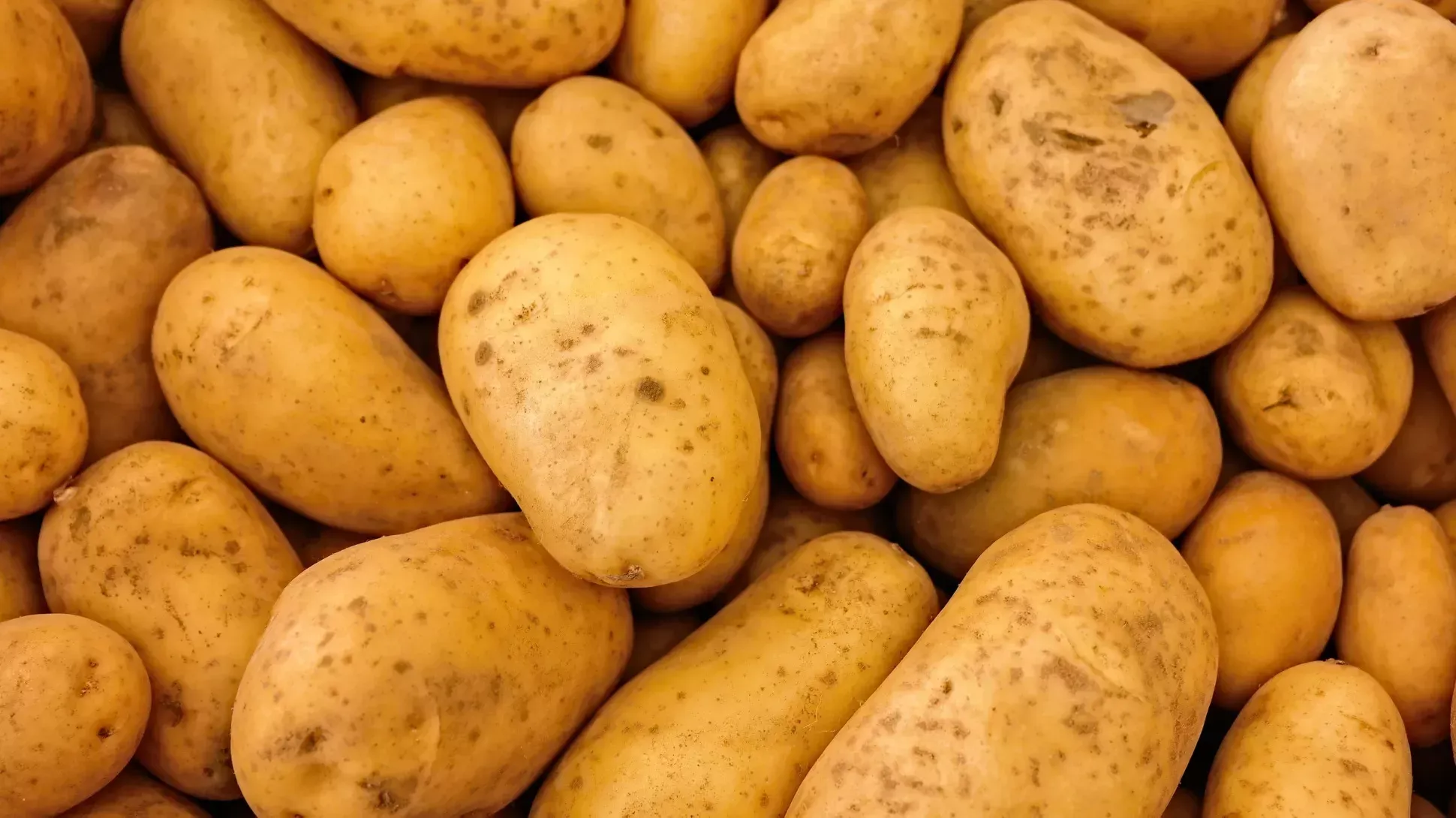
Origin: Native to the Andes mountains in South America.
Nutritional benefits: Good source of vitamin C, potassium, and complex carbohydrates.
Culinary pairings: Complements cheese, rosemary, garlic, and meats.
Storage tips: Store in a cool, dark, and dry place; avoid refrigeration.
4. Purple Carrot
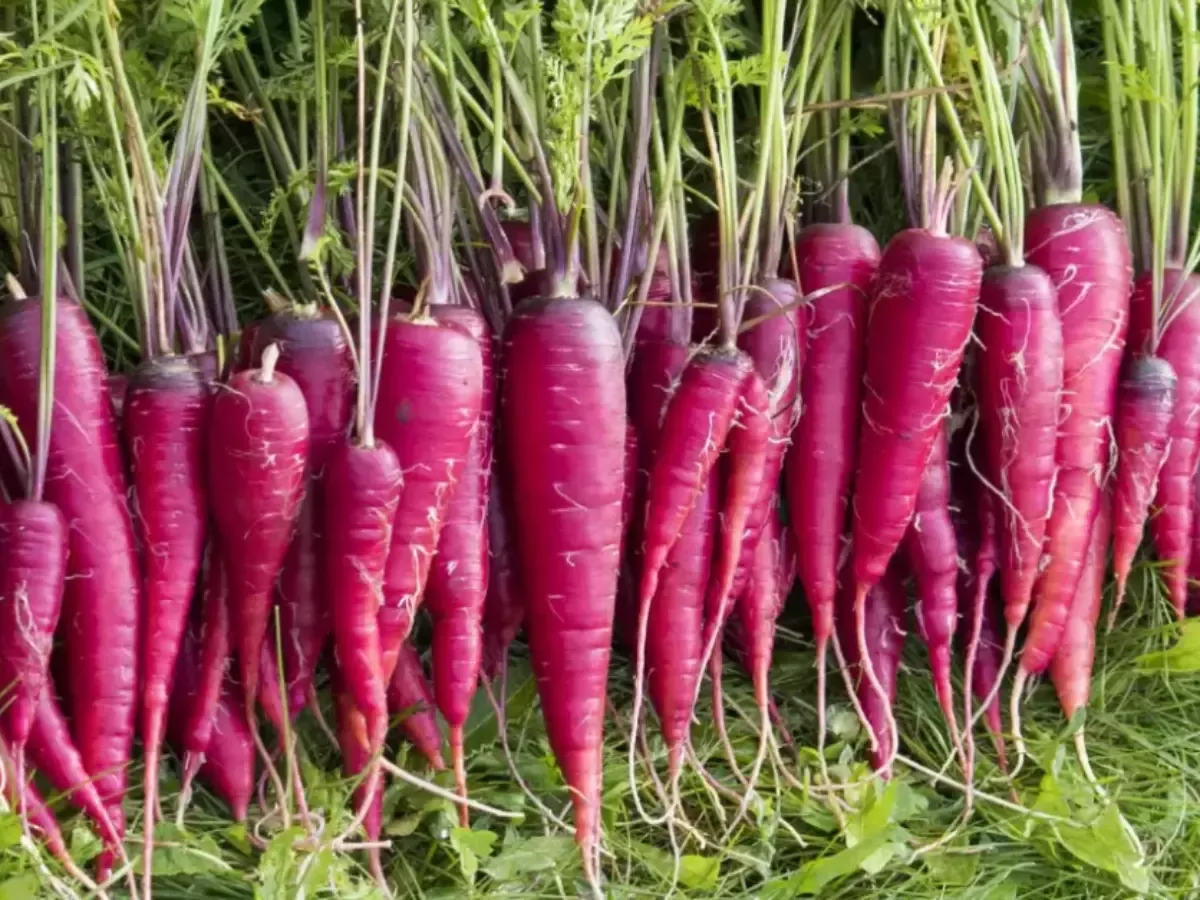
Origin: First cultivated in ancient Persia and modern-day Afghanistan.
Nutritional benefits: Packed with antioxidants, beta-carotene, and fiber.
Culinary pairings: Combines well with honey, ginger, and citrus flavors.
Storage tips: Store in the fridge in a plastic bag; avoid moisture buildup.
5. Pak Choi
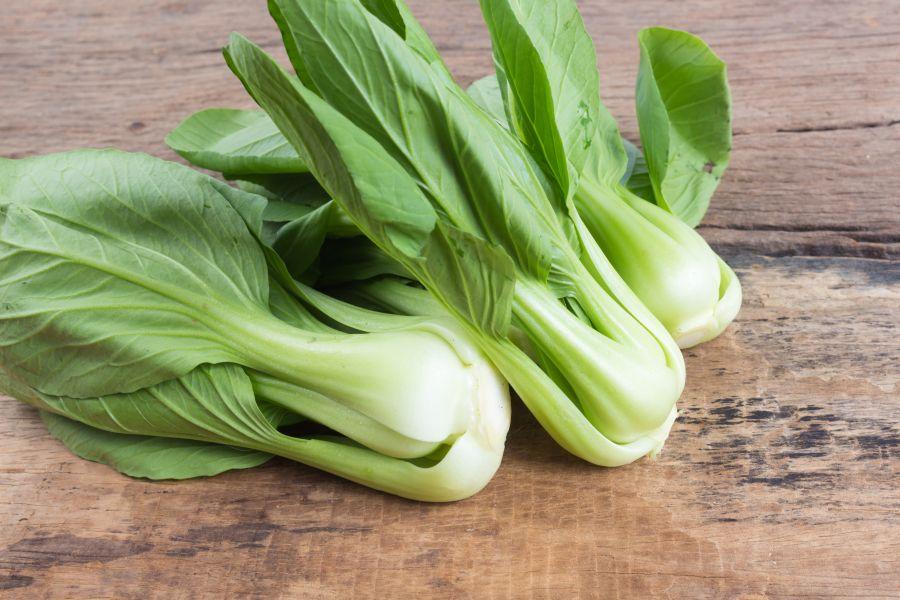
Origin: Native to China, cultivated for over 1,500 years.
Nutritional benefits: Rich in vitamins A, C, and K, and calcium.
Culinary pairings: Works well with garlic, soy sauce, and sesame oil.
Storage tips: Keep in a sealed bag in the fridge; use within a week.
6. Palm Heart
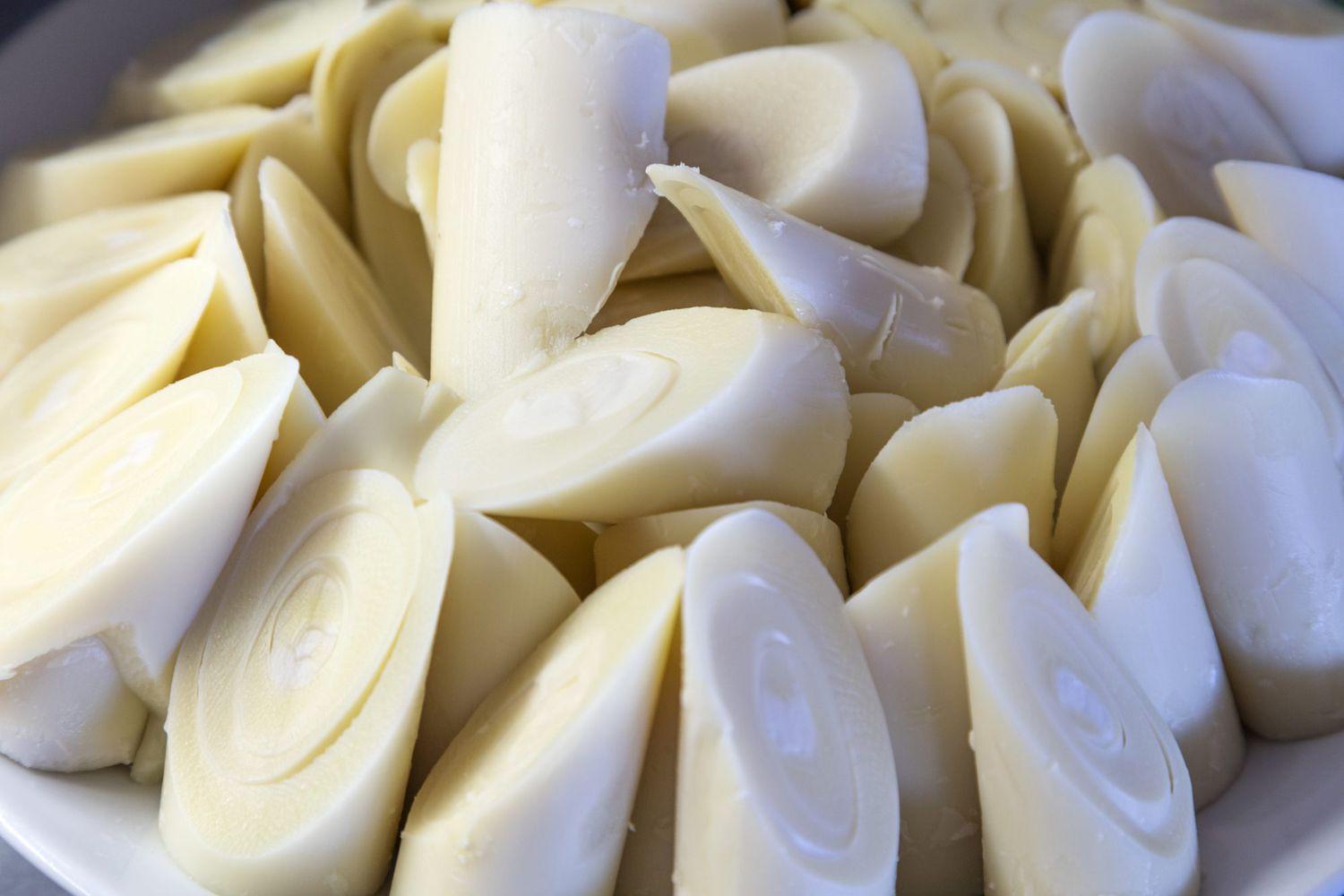
Origin: Harvested from the inner core of certain Palm trees in Central and South America.
Nutritional benefits: Low in fat and calories, contains fiber, zinc, and iron.
Culinary pairings: Goes with avocado, citrus dressings, and seafood.
Storage tips: Refrigerate opened canned hearts in brine for up to 3 days.
7. Pumpkin
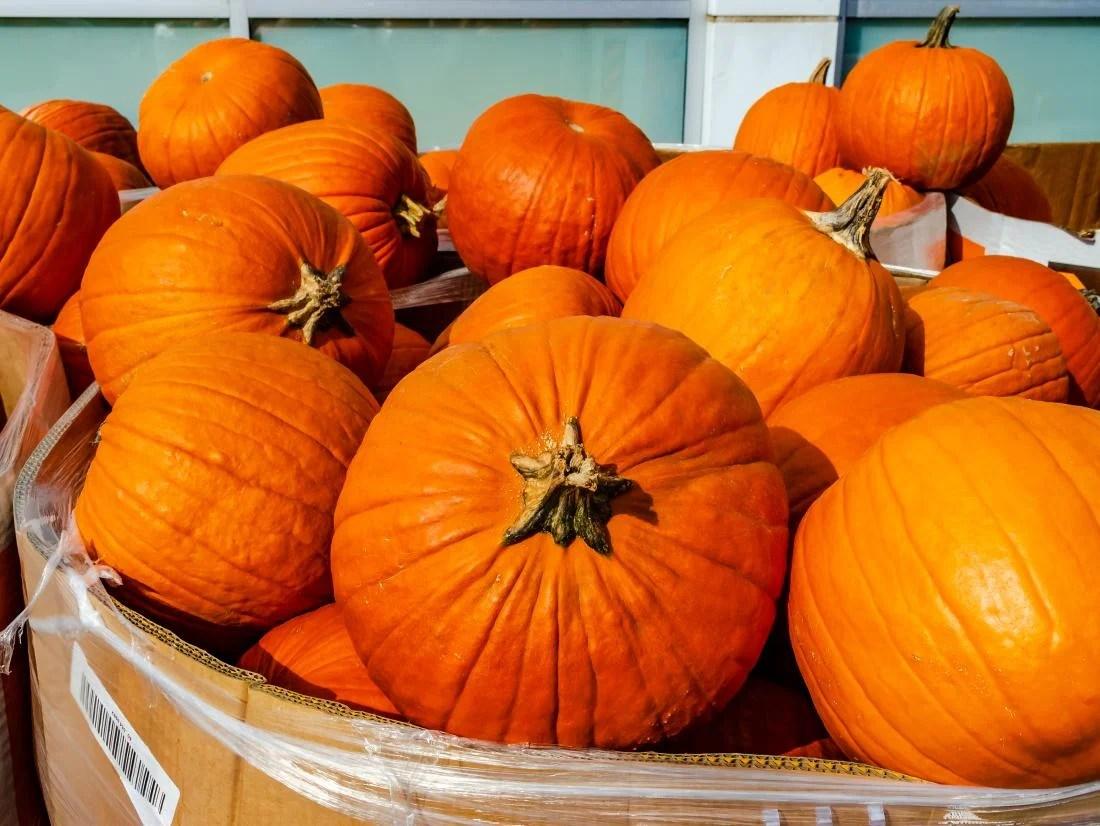
Origin: Domesticated in Central America over 7,500 years ago.
Nutritional benefits: High in vitamin A, antioxidants, and fiber.
Culinary pairings: Excellent with cinnamon, nutmeg, and creamy cheeses.
Storage tips: Whole pumpkins can last in a cool, dry place for months.
8. Pepper (Bell and Chili)
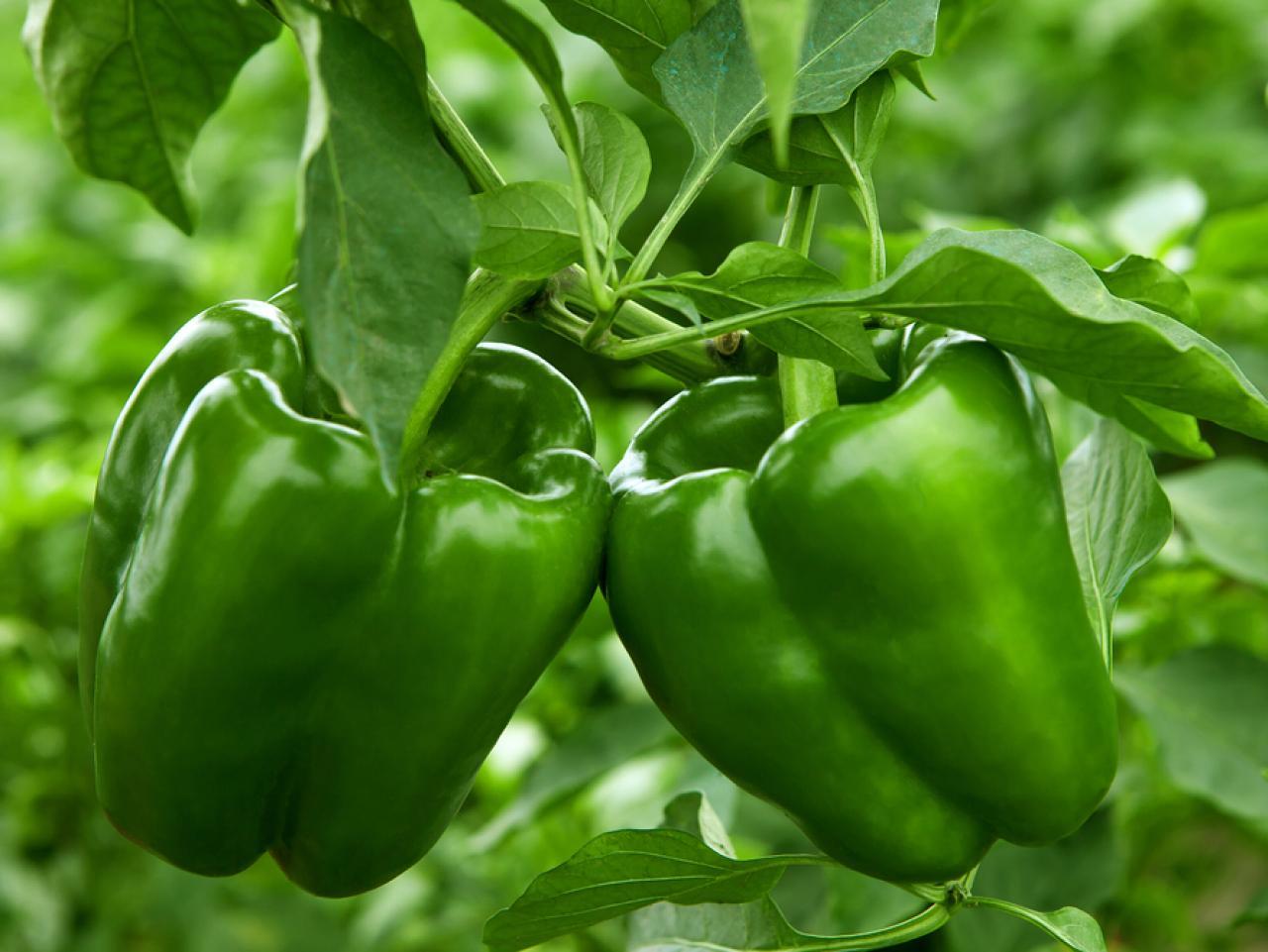
Origin: Native to Central and South America.
Nutritional benefits: Rich in vitamin C, capsaicin (in chilies), and antioxidants.
Culinary pairings: Ideal with tomatoes, onions, beans, and meats.
Storage tips: Refrigerate in a paper bag; use within a week.
9. Purple Broccoli
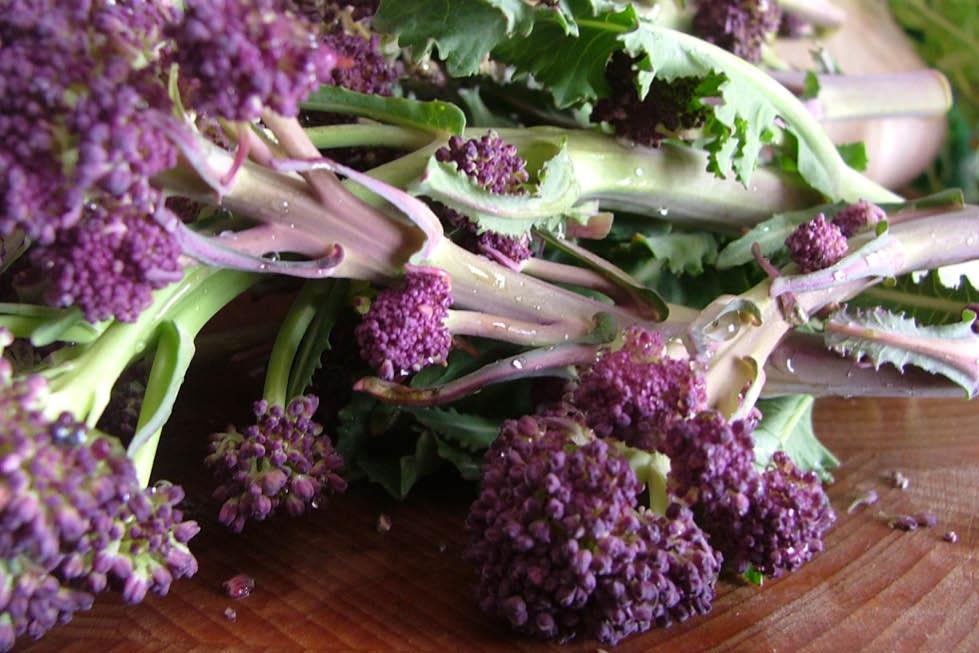
Origin: Derived from traditional Broccoli varieties in Italy and England.
Nutritional benefits: High in vitamin C, fiber, and anthocyanins.
Culinary pairings: Goes well with lemon, garlic, and parmesan.
Storage tips: Store in the fridge in a breathable bag; use within 5 days.
10. Purple Cauliflower
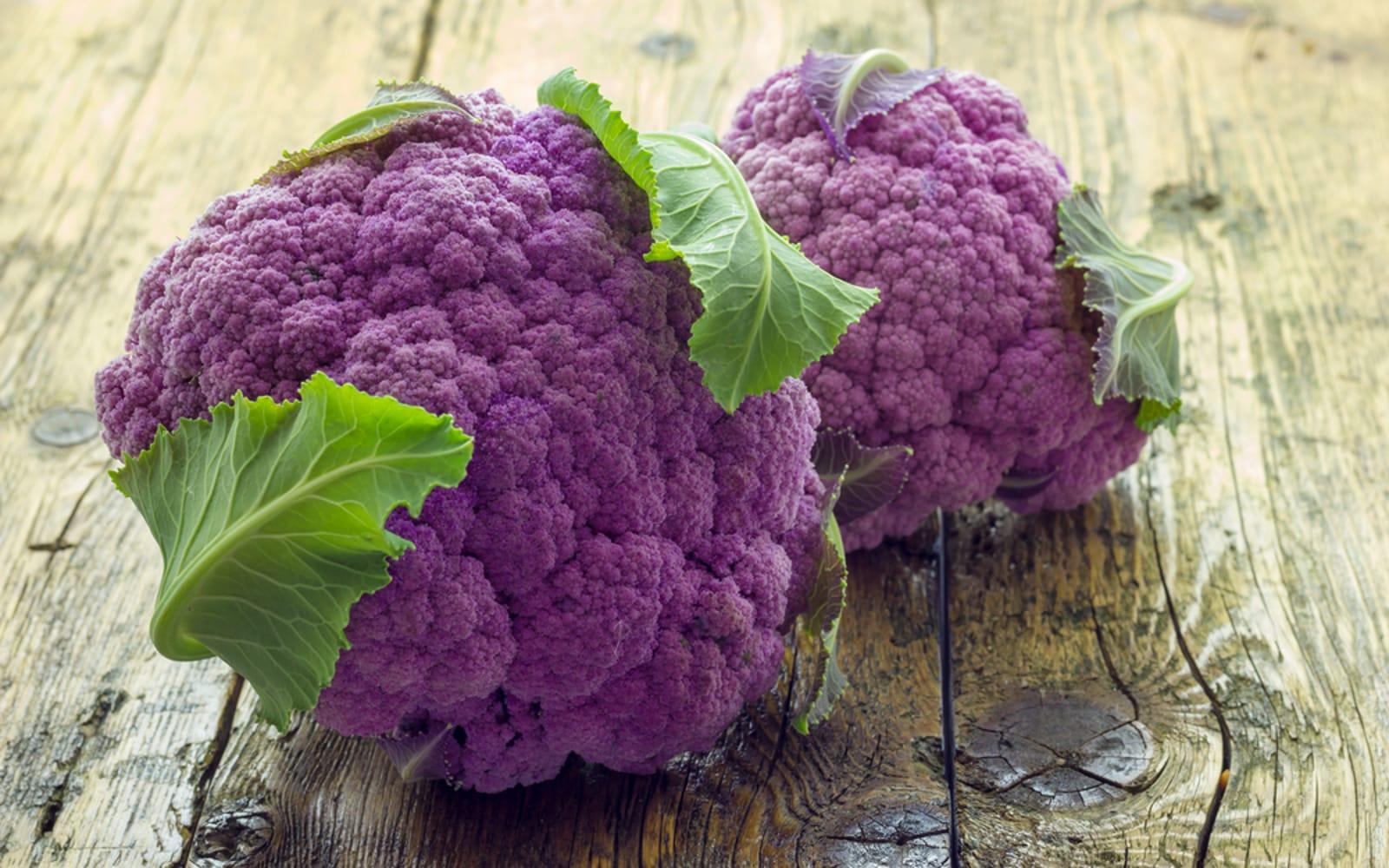
Origin: Developed from traditional Cauliflower varieties in Europe.
Nutritional benefits: Contains antioxidants, fiber, and vitamin C.
Culinary pairings: Pairs with olive oil, turmeric, and cheese.
Storage tips: Keep in the fridge wrapped loosely in plastic; it lasts 4–7 days.
11. Purslane
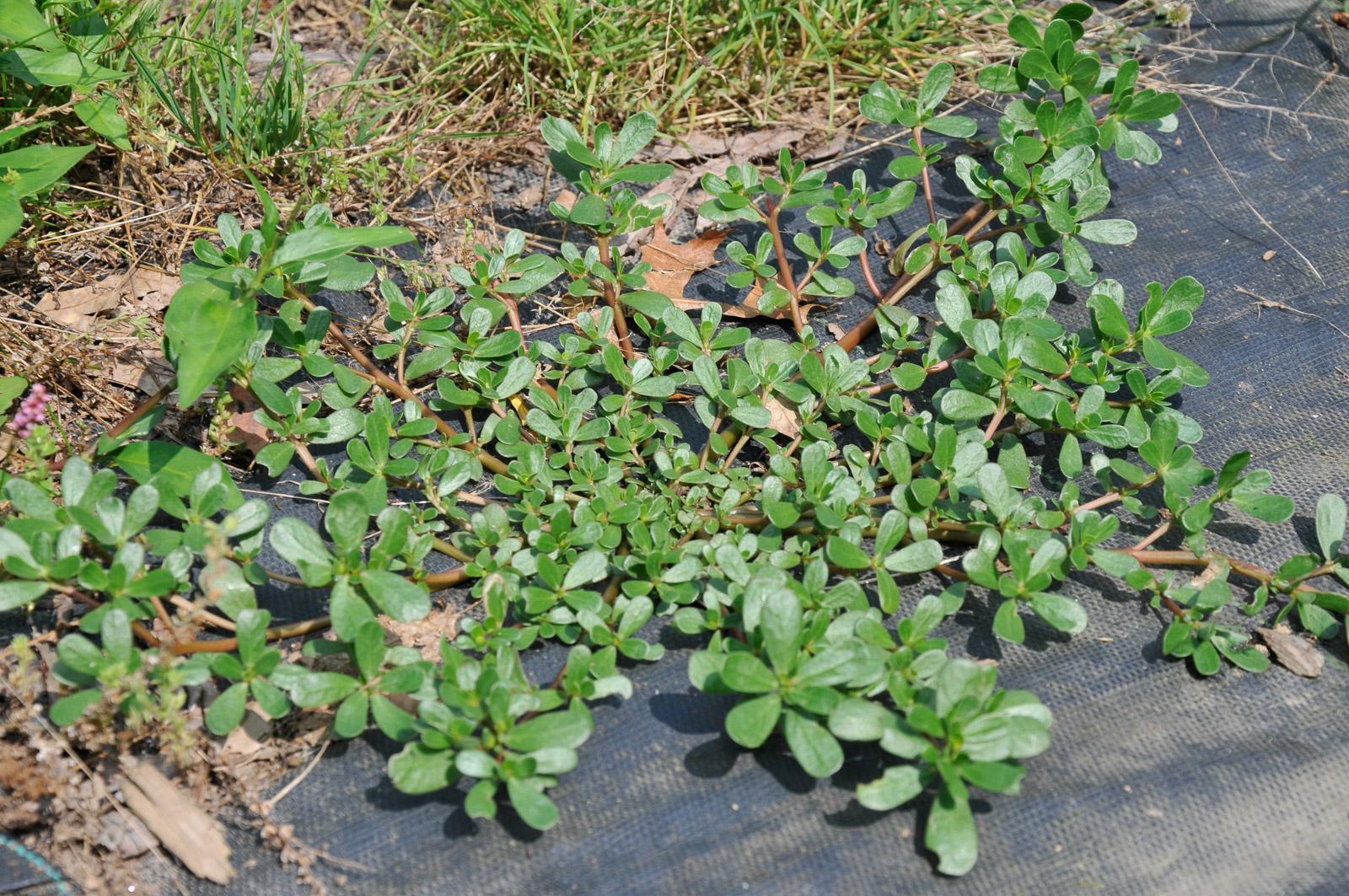
Origin: Believed to be native to India and the Middle East.
Nutritional benefits: High in omega-3s, vitamin A, and magnesium.
Culinary pairings: Works well in salads with lemon, tomato, and feta.
Storage tips: Wrap in a damp towel and refrigerate for up to 3 days.
12. Prairie Turnip
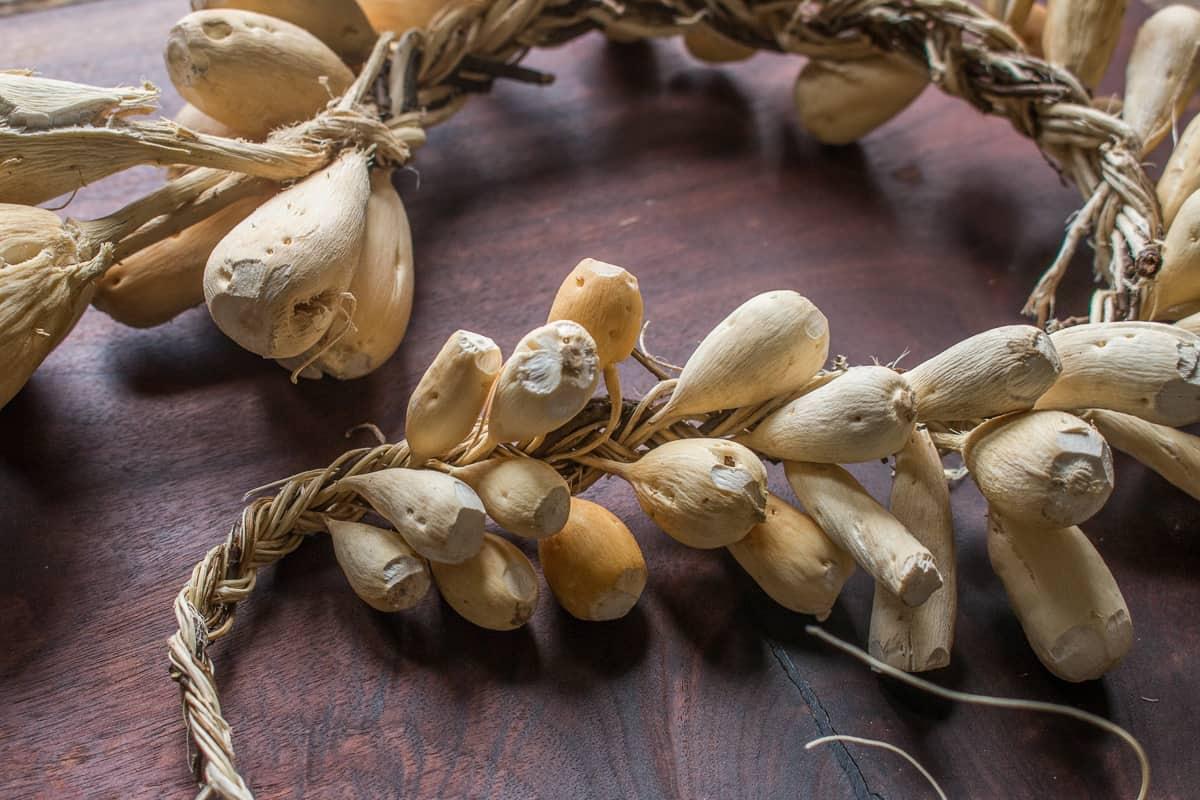
Origin: Native to North American prairies, used by Indigenous tribes.
Nutritional benefits: Provides fiber, carbohydrates, and some iron.
Culinary pairings: Often used with stews, dried meats, and roots.
Storage tips: Store dried roots in an airtight container in a cool place.
13. Patty Pan Squash
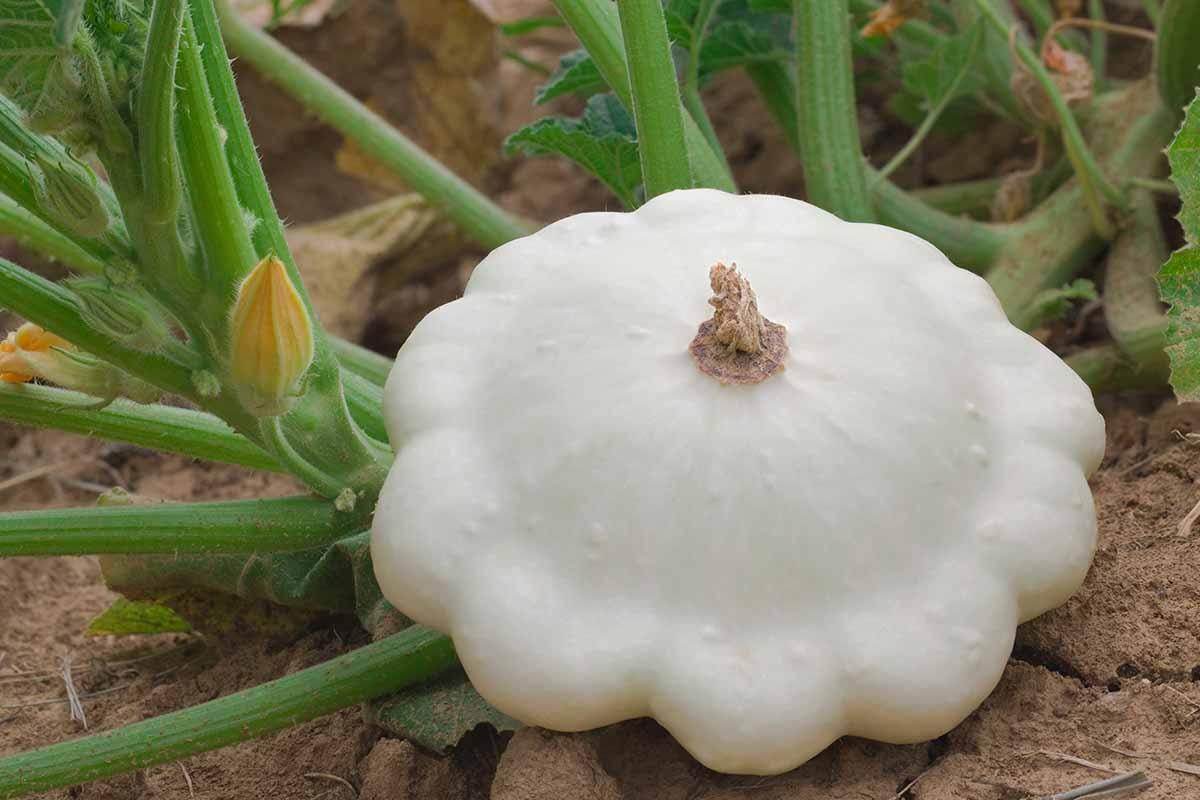
Origin: It originated in Central and North America.
Nutritional benefits: Low in calories, high in vitamin C and manganese.
Culinary pairings: Complements herbs, butter, tomatoes, and onions.
Storage tips: Keep in a plastic bag in the fridge for up to 5 days.
14. Peruvian Carrot
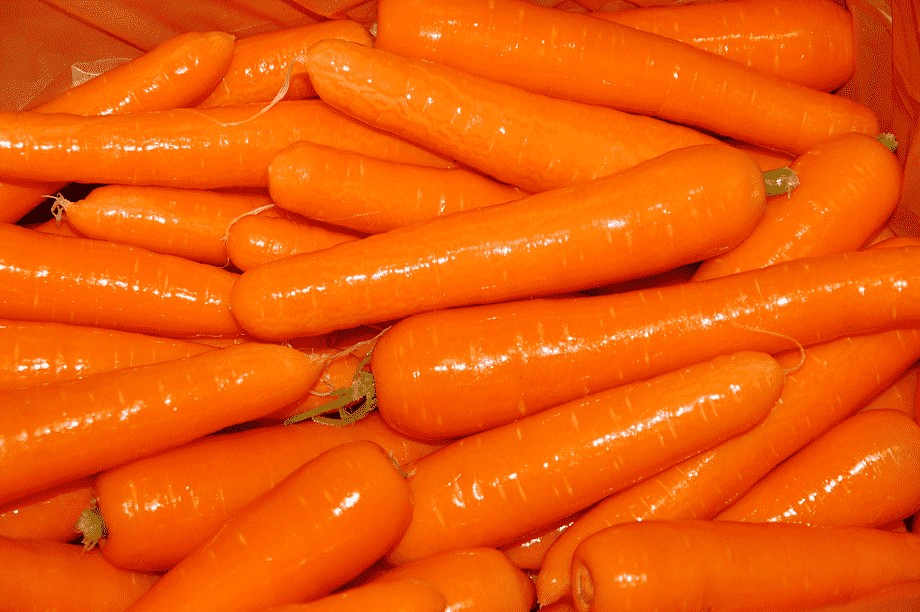
Origin: Native to the Andes; also known as Arracacha.
Nutritional benefits: Good source of fiber, calcium, and vitamin C.
Culinary pairings: Goes with cream sauces, meats, and soups.
Storage tips: Store in a cool, dry place; use within a few days.
15. Pointed Cabbage
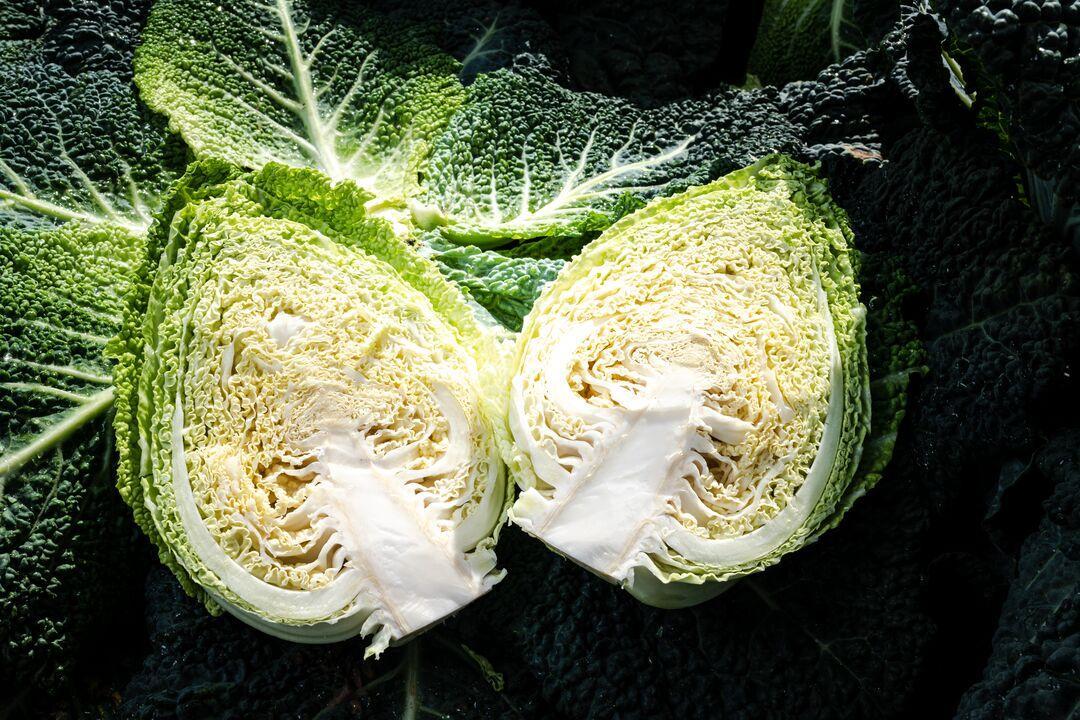
Origin: Developed in Europe as a variation of common Cabbage.
Nutritional benefits: Rich in vitamin C, K, and folate.
Culinary pairings: Works well in slaws, stir-fries, and with vinegar.
Storage tips: Refrigerate in a perforated bag for up to 2 weeks.
16. Purple Yam
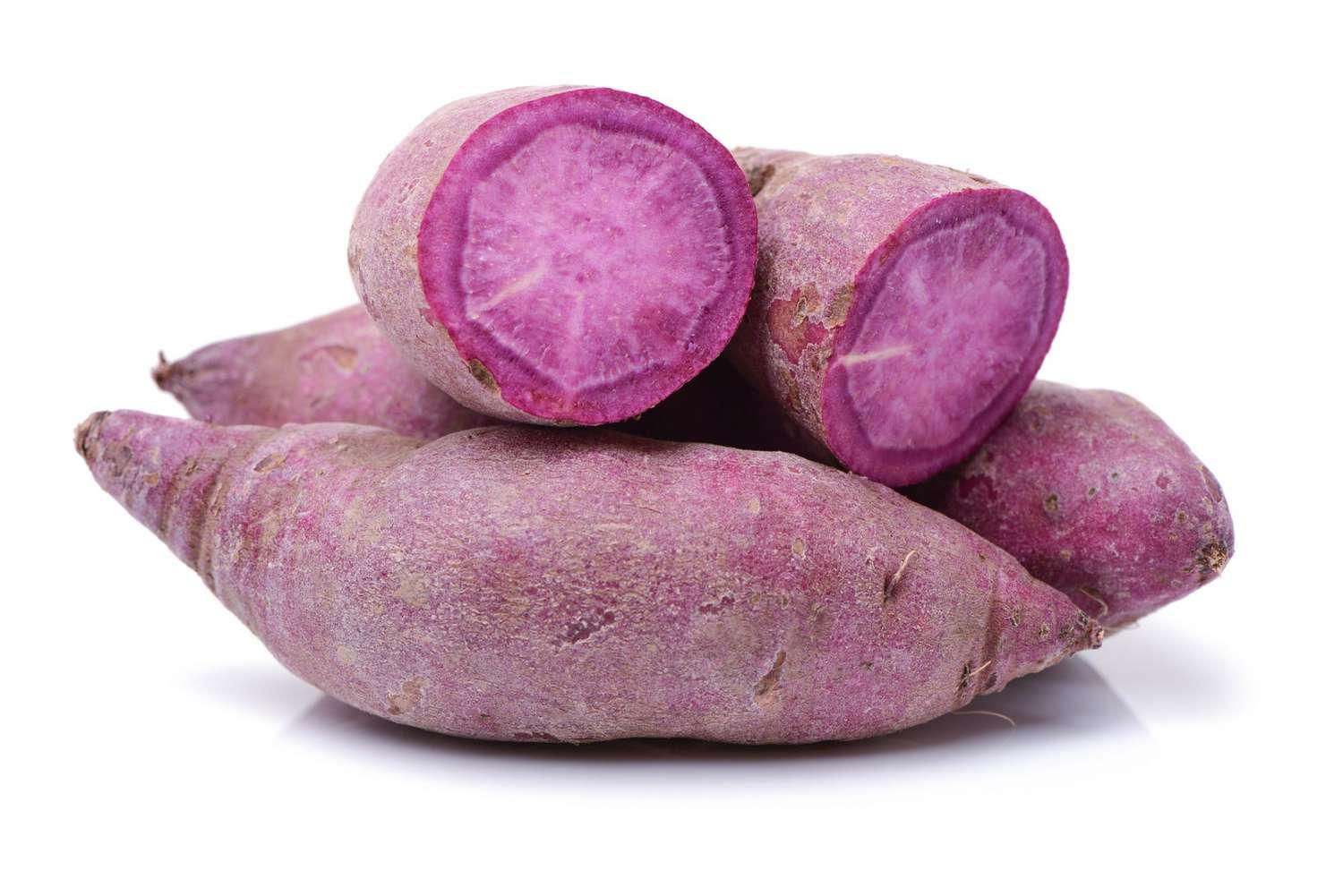
Origin: Indigenous to Southeast Asia and the Philippines.
Nutritional benefits: High in antioxidants, fiber, and vitamin C.
Culinary pairings: Matches well with coconut, milk, and sweet flavors.
Storage tips: Keep in a cool, dark place away from moisture.
17. Pearl Onion
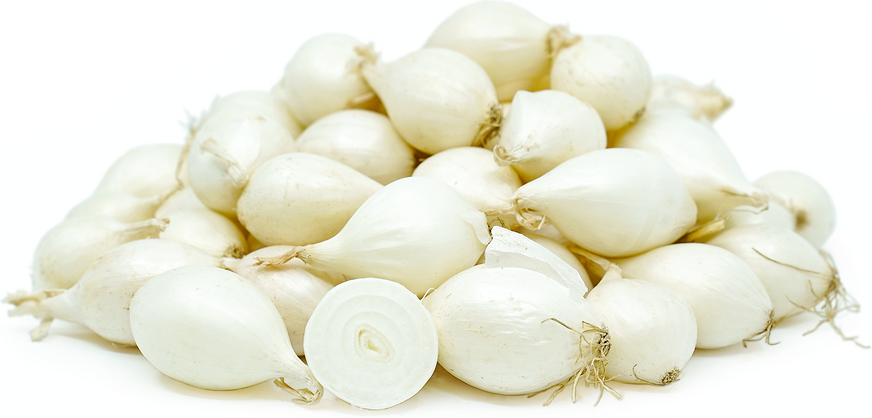
Origin: Believed to have originated in Europe.
Nutritional benefits: Contains antioxidants, vitamin C, and fiber.
Culinary pairings: Perfect for roasts, stews, and pickling.
Storage tips: Store in a cool, dry place with ventilation.
18. Pickling Cucumber
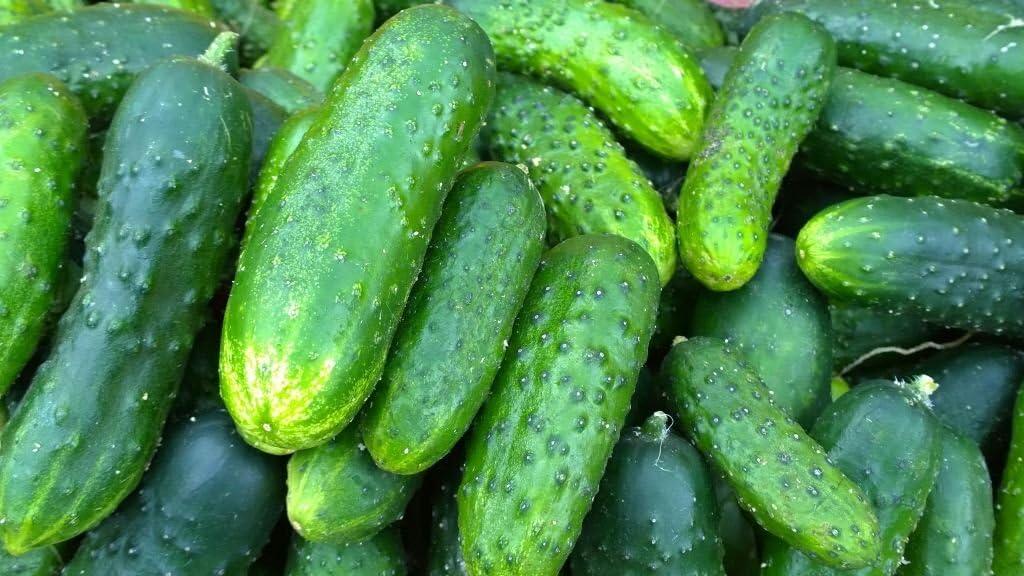
Origin: Cultivated from wild cucumber varieties in India.
Nutritional benefits: Low in calories, hydrates, and supports digestion.
Culinary pairings: Best with dill, garlic, vinegar, and mustard seeds.
Storage tips: Refrigerate in a sealed container; use within a week.
More Vegetables that Start with “P”
19. Pekinensis Cabbage
Origin: Originated in China and commonly known as Napa Cabbage.
Nutritional benefits: High in vitamin C, folate, and fiber; supports digestion and immunity.
Culinary pairings: Pairs well with garlic, soy sauce, ginger, and fermented dishes.
Storage tips: Wrap in plastic and refrigerate; it lasts up to 2 weeks.
20. Portuguese Kale
Origin: Native to Portugal, known as couve Tronchuda.
Nutritional benefits: Rich in vitamins A, C, and K and antioxidants.
Culinary pairings: Complements beans, potatoes, garlic, and smoked meats.
Storage tips: Store in the fridge in a damp paper towel for up to a week.
21. Purple Sweet Potato
Origin: Indigenous to Central and South America.
Nutritional benefits: High in anthocyanins, fiber, and complex carbs.
Culinary pairings: Great with coconut milk, cinnamon, and citrus.
Storage tips: Store in a cool, dry place away from sunlight.
22. Potato Onion
Origin: It originated in Europe and was cultivated for centuries.
Nutritional benefits: Contains vitamin C, manganese, and sulfur compounds.
Culinary pairings: Works well in stews, roasts, and savory pies.
Storage tips: Store in a well-ventilated, dark, cool spot.
23. Purple Kohlrabi
Origin: Developed in Europe as a variant of Wild Cabbage.
Nutritional benefits: Rich in vitamin C, fiber, and potassium.
Culinary pairings: Goes with apples, carrots, and lemon vinaigrette.
Storage tips: Keep in a plastic bag in the fridge for up to a week.
24. Purple Brussels Sprouts
Origin: A hybrid developed in Europe with purple pigment.
Nutritional benefits: High in vitamins C, K, and anthocyanins.
Culinary pairings: Pairs with balsamic vinegar, nuts, and bacon.
Storage tips: Store unwashed in the fridge for 3–5 days.
25. Perpetual Spinach
Origin: A variety of chard, native to the Mediterranean region.
Nutritional benefits: Loaded with iron, vitamin A, and calcium.
Culinary pairings: Complements eggs, garlic, and creamy sauces.
Storage tips: Refrigerate in a damp cloth or plastic bag for up to a week.
26. Pattypan Squash (different variety)
Origin: Native to Central and North America, cultivated by Indigenous peoples.
Nutritional benefits: Contains vitamin C, fiber, and magnesium.
Culinary pairings: Great with herbs, olive oil, and grilled vegetables.
Storage tips: Refrigerate in a paper or plastic bag; use within 5 days.
27. Pale Bok Choy
Origin: Derived from traditional Bok Choy, native to China.
Nutritional benefits: High in calcium, vitamins A and C.
Culinary pairings: Pairs well with soy sauce, sesame oil, and mushrooms.
Storage tips: Keep it refrigerated in a sealed bag; best within a week.
28. Pokeweed (Young Shoots)
Origin: Native to North America, traditionally foraged by Indigenous peoples.
Nutritional benefits: Young shoots provide vitamins A, C and iron (must be properly cooked).
Culinary pairings: Used with vinegar, eggs, and bacon in traditional recipes.
Storage tips: Use fresh and cook immediately; not suitable for long storage.
29. Paracress
Origin: Indigenous to South America, especially Brazil.
Nutritional benefits: Contains spilanthol, with anti-inflammatory and oral health benefits.
Culinary pairings: Pairs with citrus, herbs and is used in herbal salads.
Storage tips: Store in a cool, moist environment and use within 2–3 days.
30. Prussian Cabbage
Origin: Likely bred in Central Europe as a hardy Cabbage variety.
Nutritional benefits: Provides vitamin C, K, and folate.
Culinary pairings: Works with vinegar, sausages, and hearty stews.
Storage tips: Keep it refrigerated in a vented bag for up to 2 weeks.
31. Pea Shoots
Origin: Cultivated from young pea plants across Asia and Europe.
Nutritional benefits: High in vitamins A, C, and folate.
Culinary pairings: Great with stir-fries, noodles, and citrus dressings.
Storage tips: Store in a sealed container in the fridge for 2–3 days.
32. Purple Mizuna
Origin: It originated in Japan as a colorful variation of Mizuna.
Nutritional benefits: Rich in vitamin C, iron, and antioxidants.
Culinary pairings: Pairs with radish, sesame oil, and light vinaigrettes.
Storage tips: Refrigerate in a breathable bag; best within a week.
33. Painted Daikon
Origin: Hybrid developed in Asia with streaked or colorful flesh.
Nutritional benefits: Contains vitamin C, fiber, and enzymes aiding digestion.
Culinary pairings: Pairs with vinegar, carrots, and spicy dressings.
Storage tips: Store in the fridge, wrapped in paper or plastic.
34. Purple Daikon
Origin: Native to East Asia, produced in Japan and Korea.
Nutritional benefits: Rich in anthocyanins, vitamin C, and fiber.
Culinary pairings: Great with soy, ginger, and pickled preparations.
Storage tips: Keep in the fridge in a loose bag; use within a week.
35. Palmetto Cabbage
Origin: Native to the southeastern United States.
Nutritional benefits: Provides fiber, vitamin C, and minerals.
Culinary pairings: Often used with onions, meats, and regional Southern dishes.
Storage tips: Store fresh hearts in the fridge; use within 3–5 days.
Wrapping It Up
Who knew the “P” family of veggies was so big and helpful? From the sweet purple yam to the crunchy pea shoots, these foods give bodies what they need to stay strong.
Some grow underground, like parsnips, while others reach for the sky, like pea plants. People all over the world have cultivated many of these plants for hundreds or even thousands of years.
Next time you’re at the store or market, try picking up a new “P” vegetable you’ve never tasted before. Maybe the pretty purple cauliflower will catch your eye, or perhaps you’ll want to try cooking with pearl onions.
Your taste buds might find a new friend, and your body will thank you for all the good stuff these foods bring to your plate!
If you’re interested in more informative education & learning content, feel free to click here and explore other blogs that you might enjoy!






